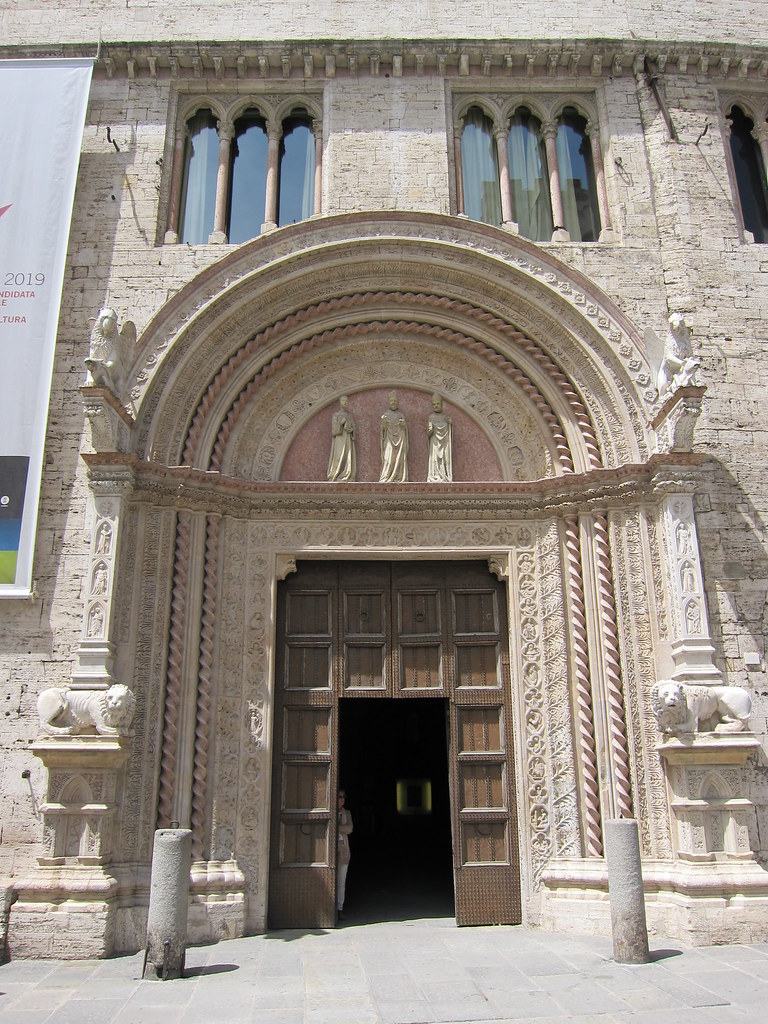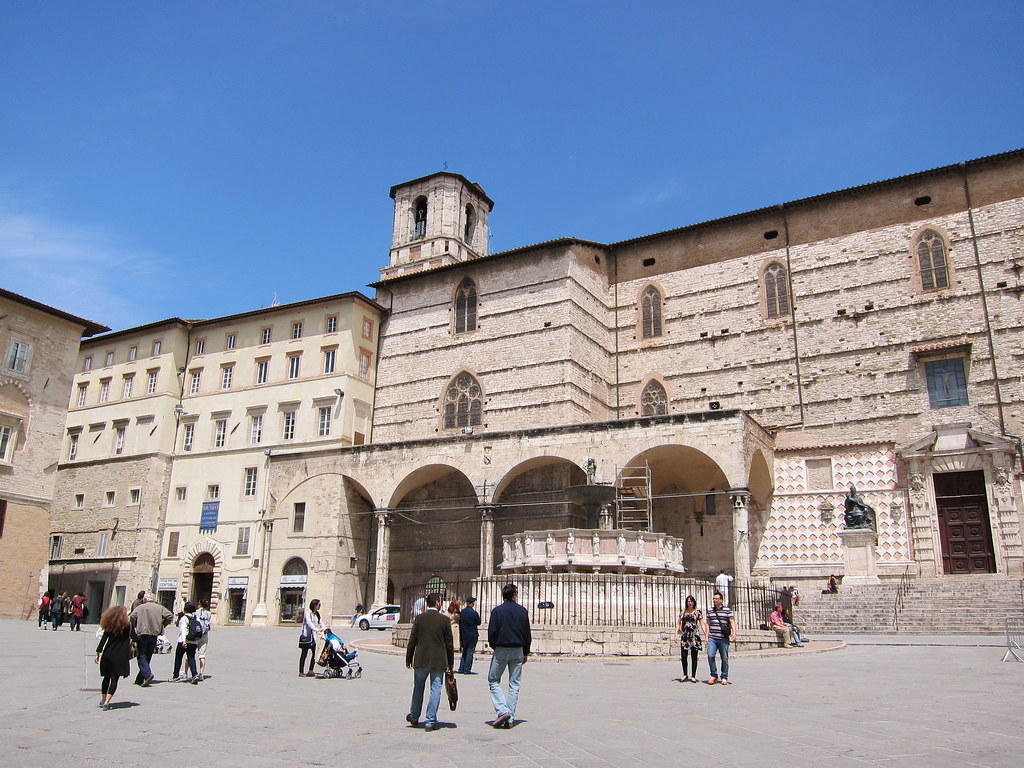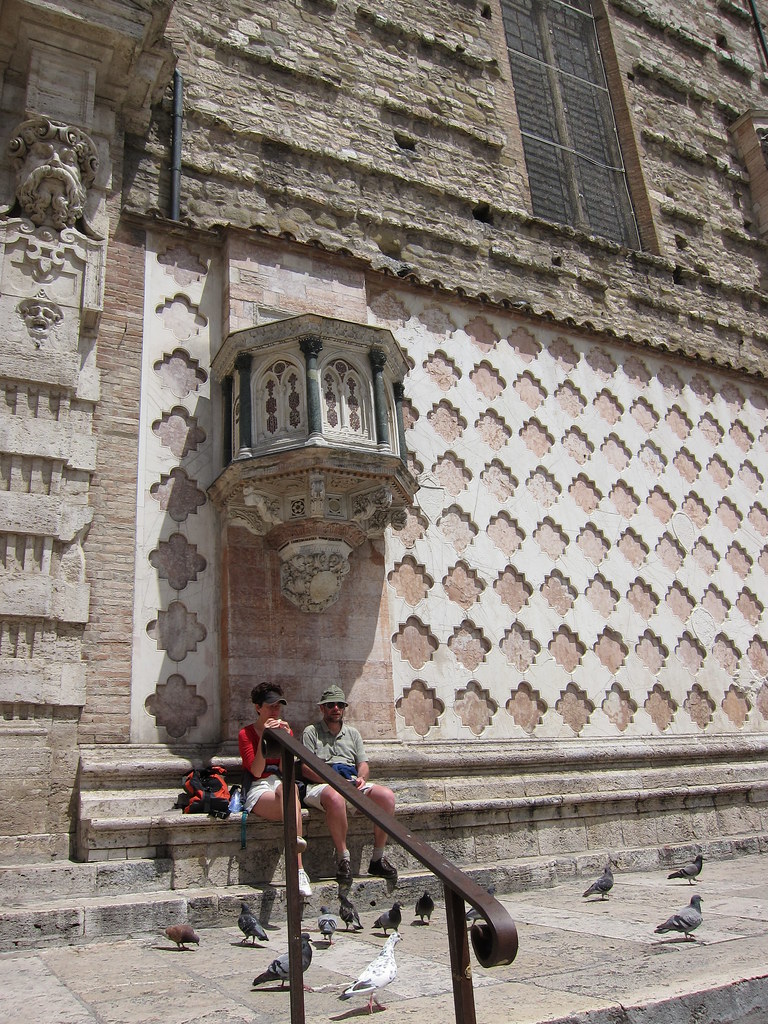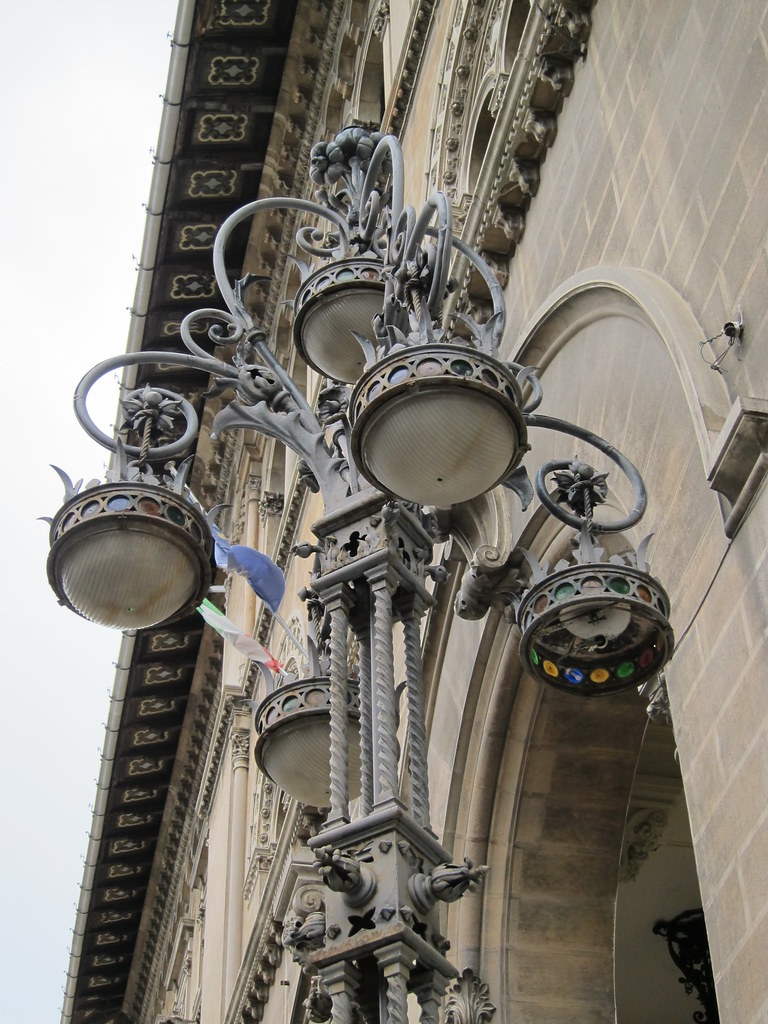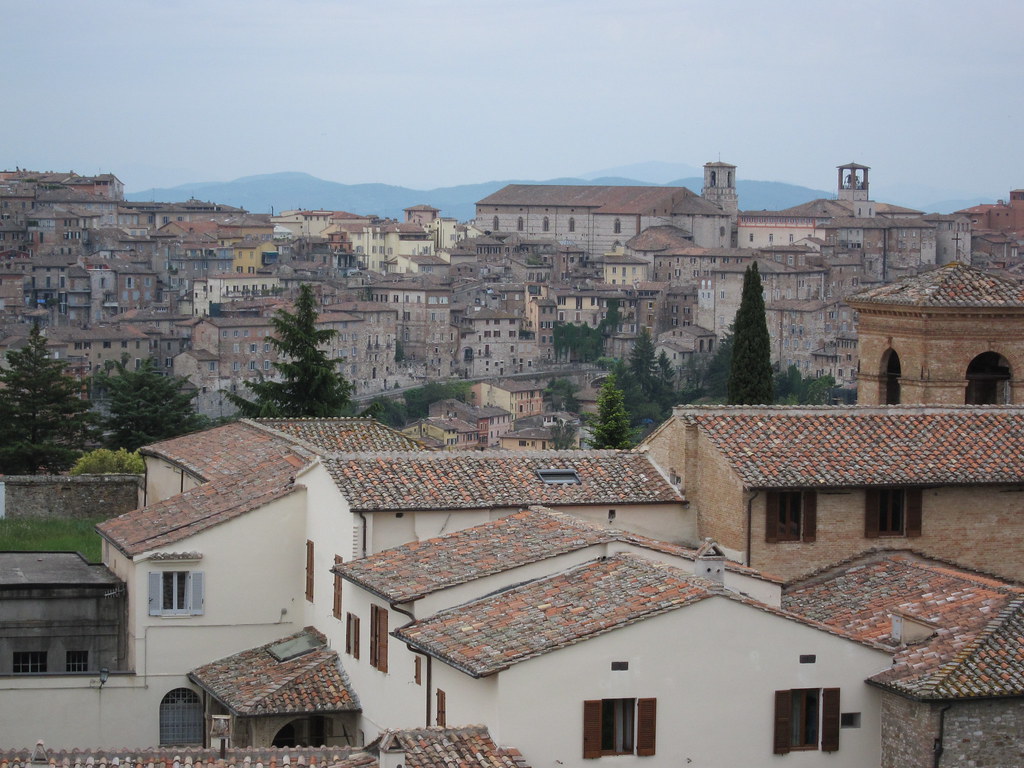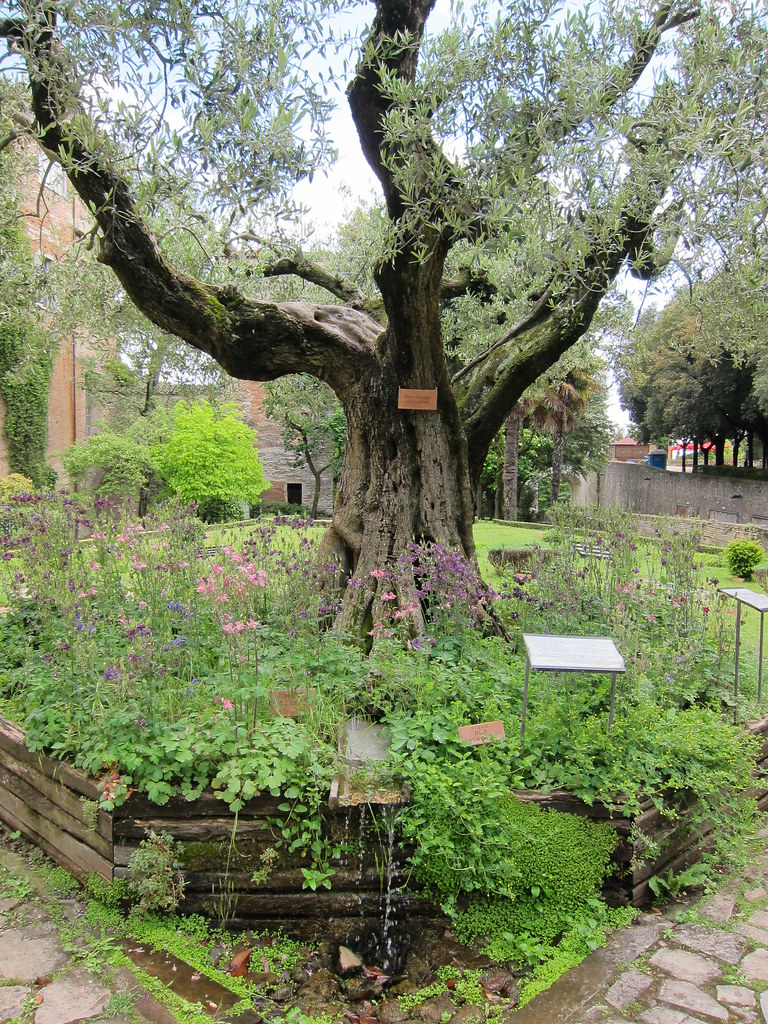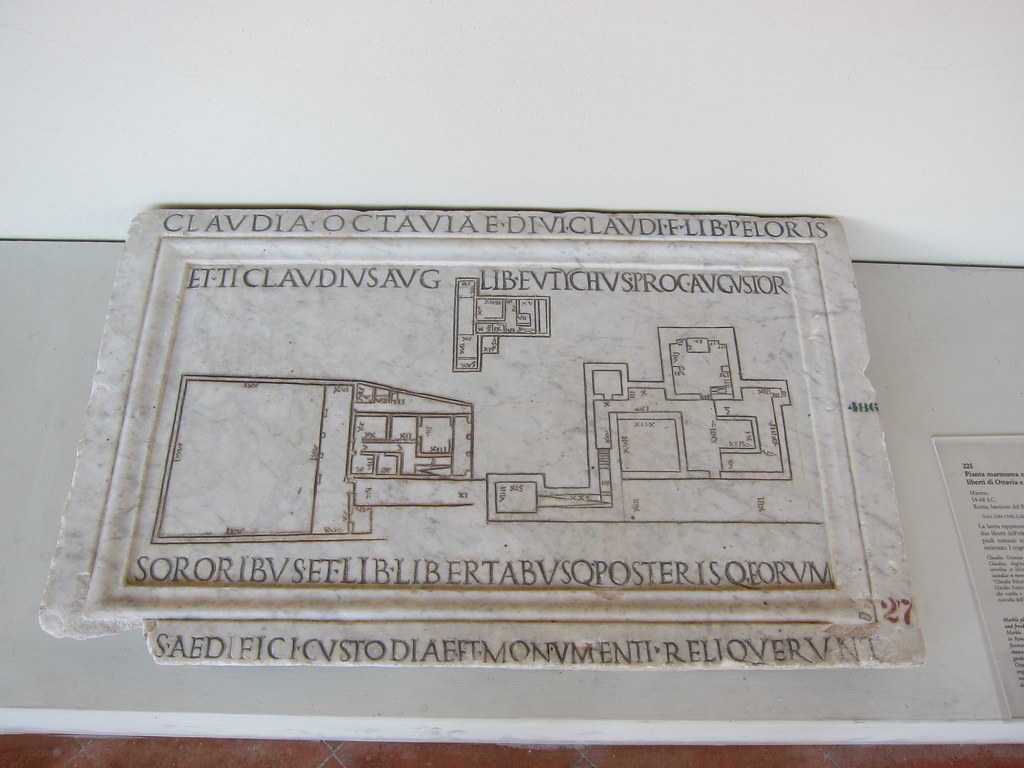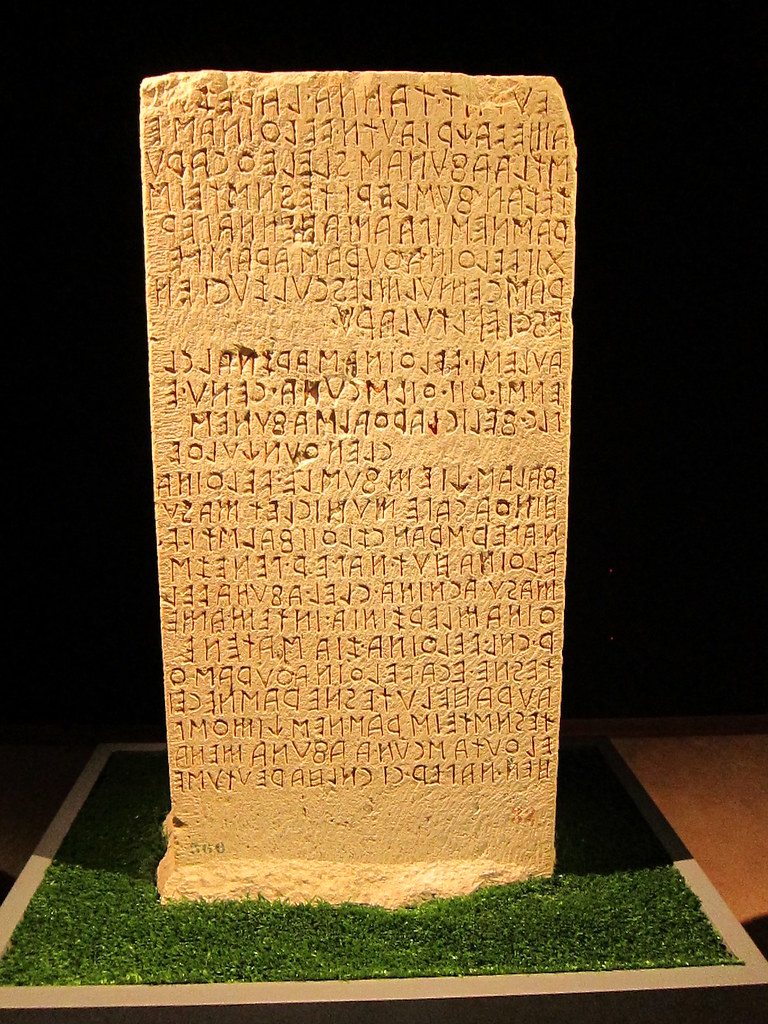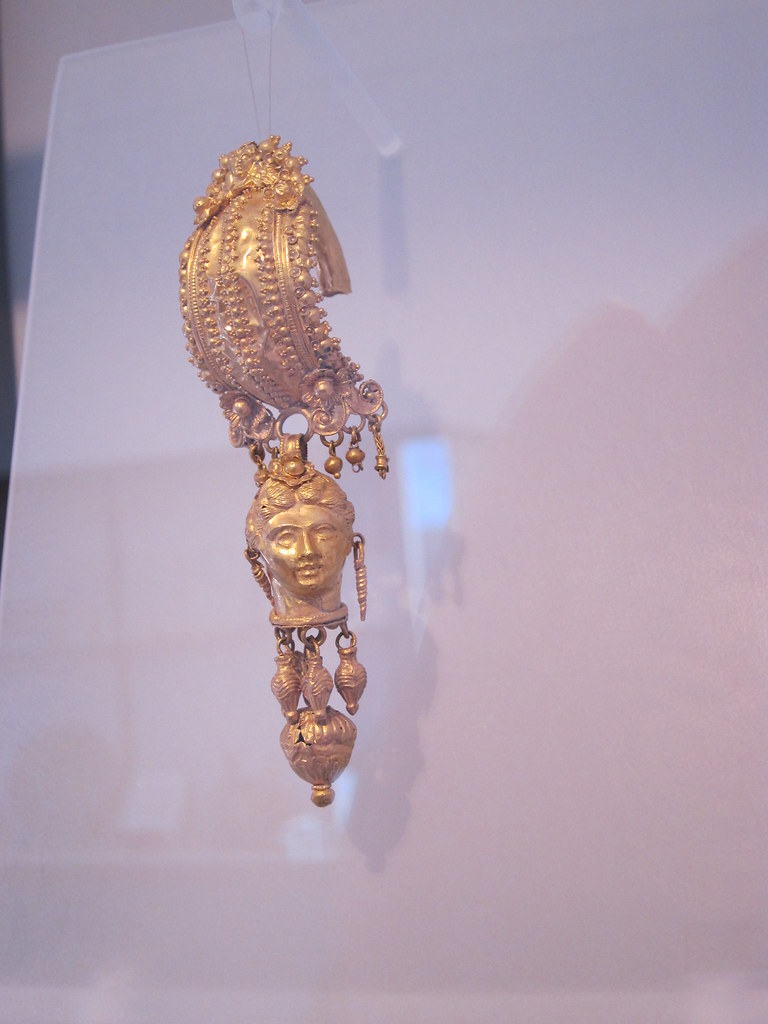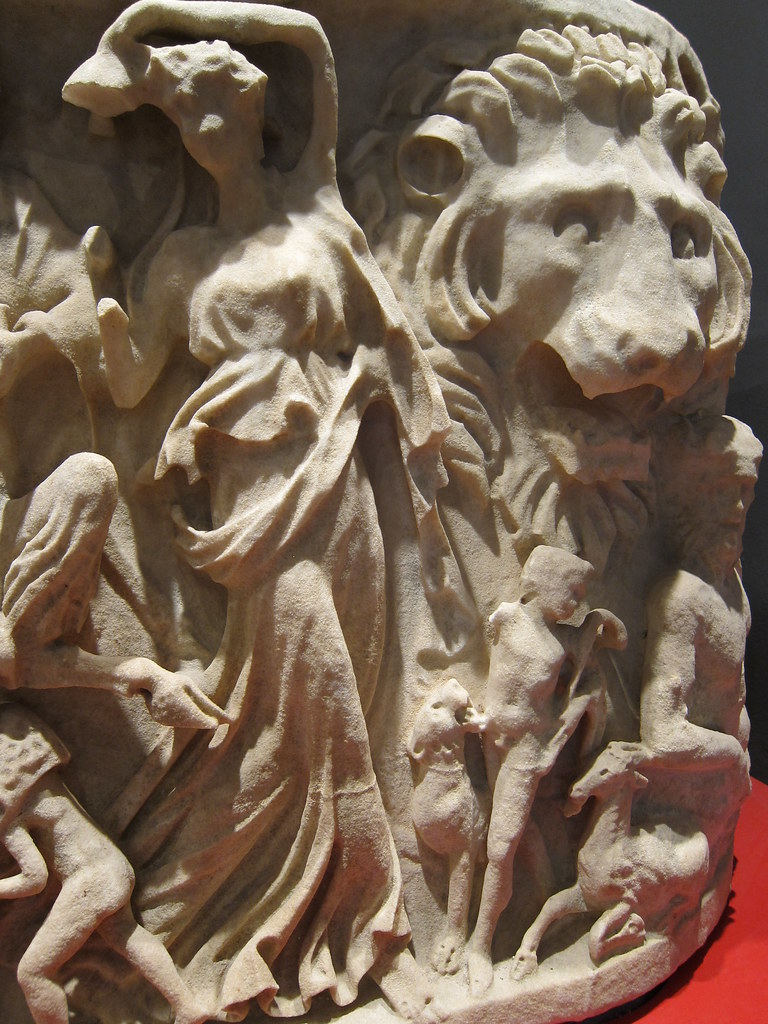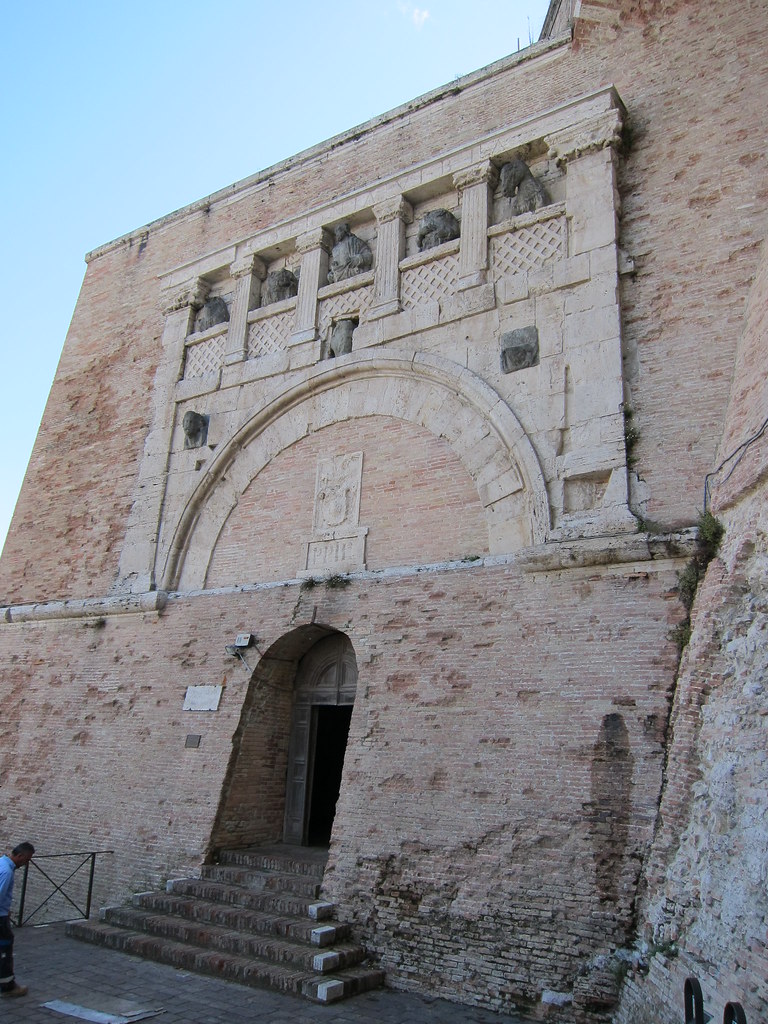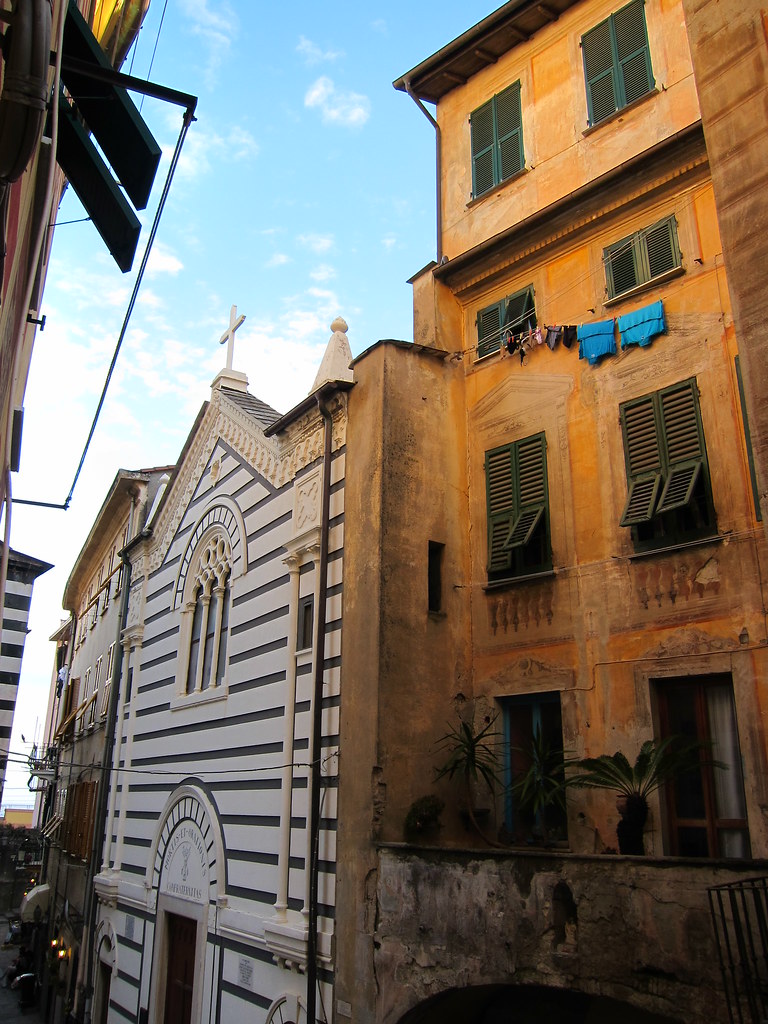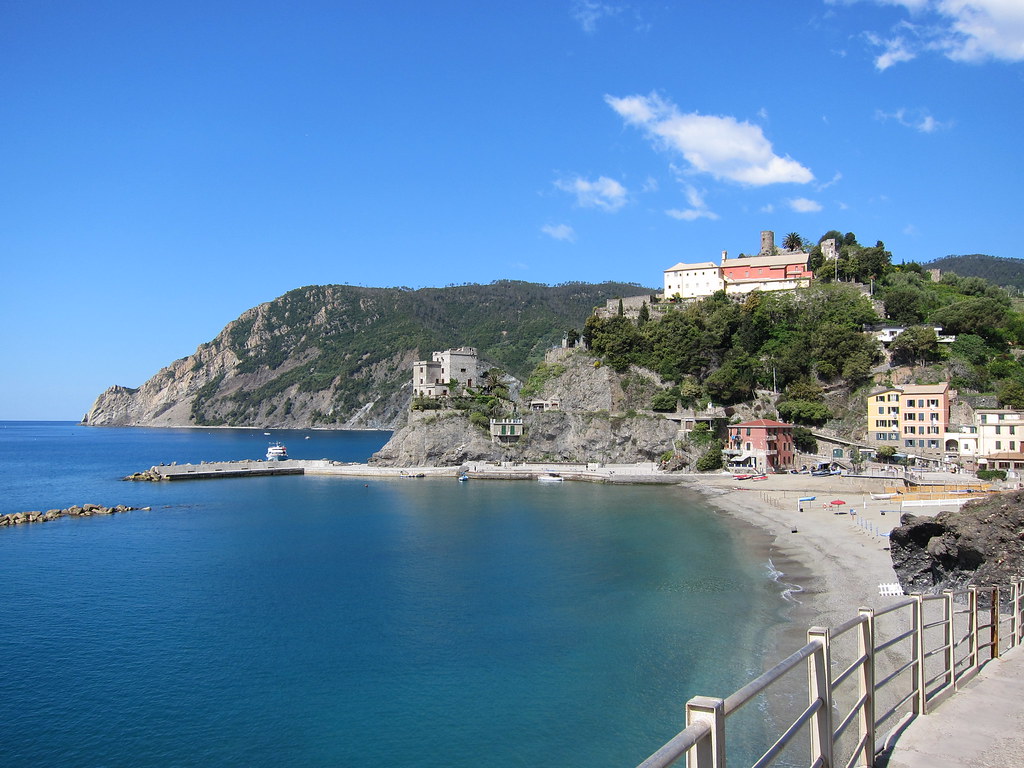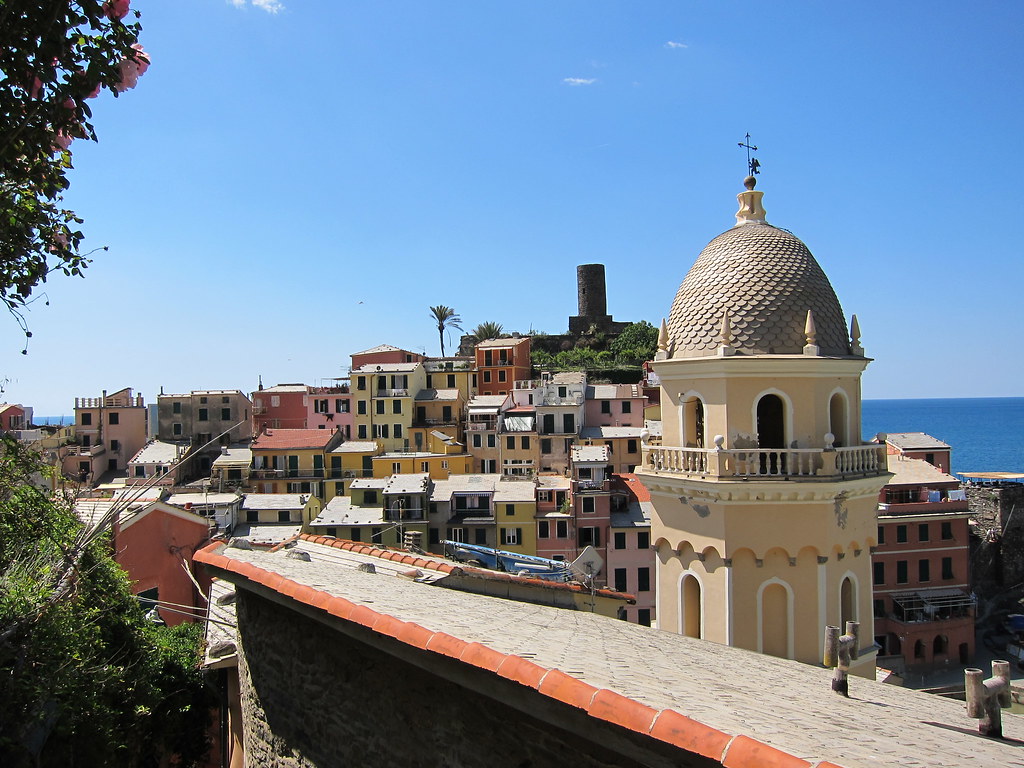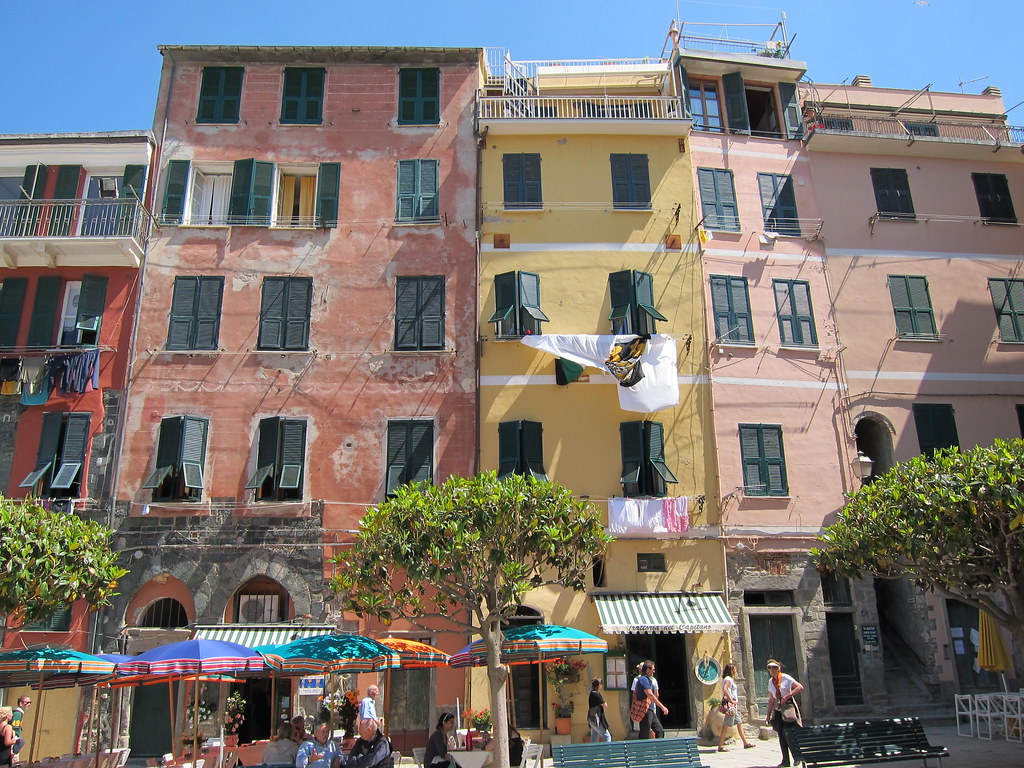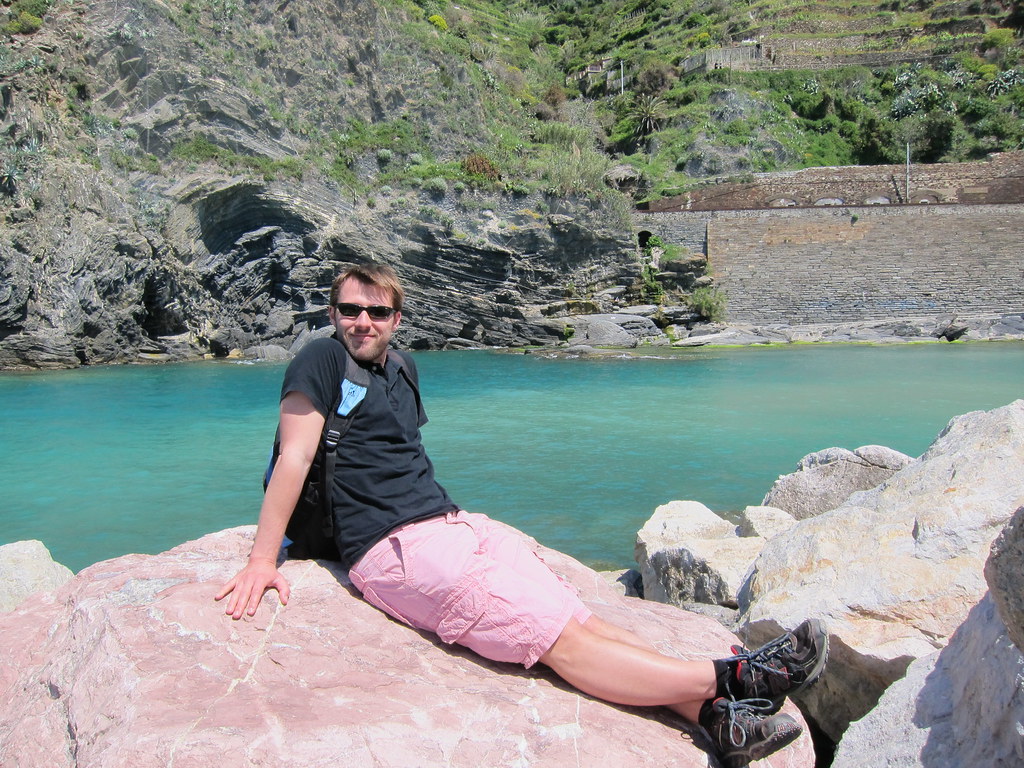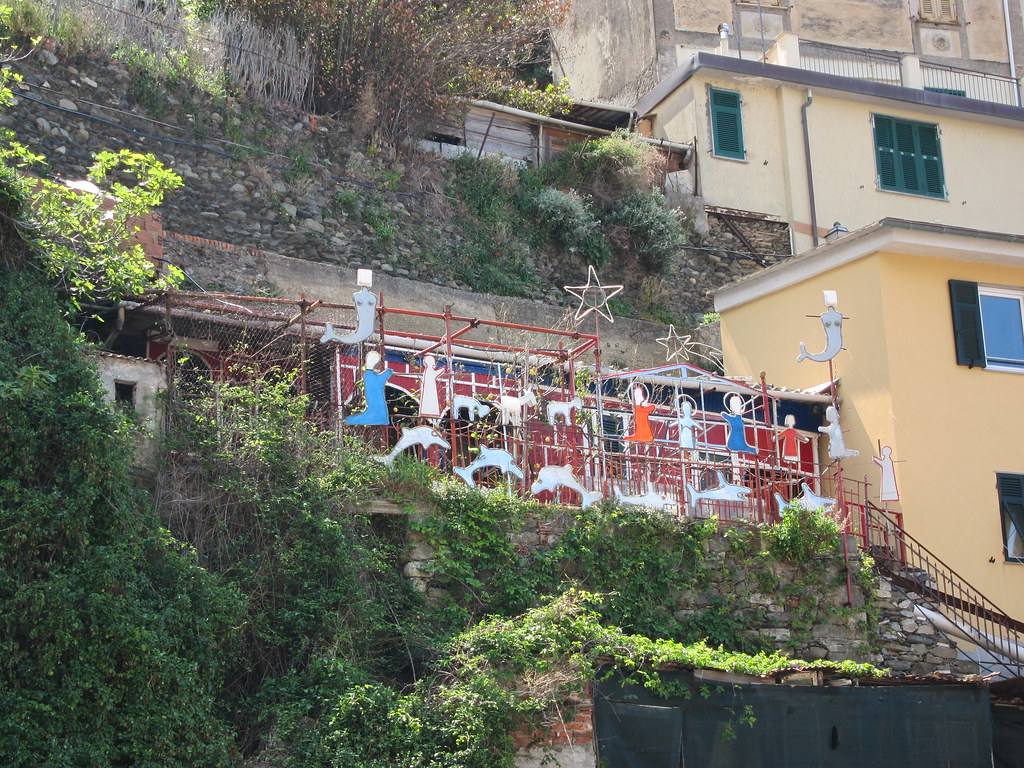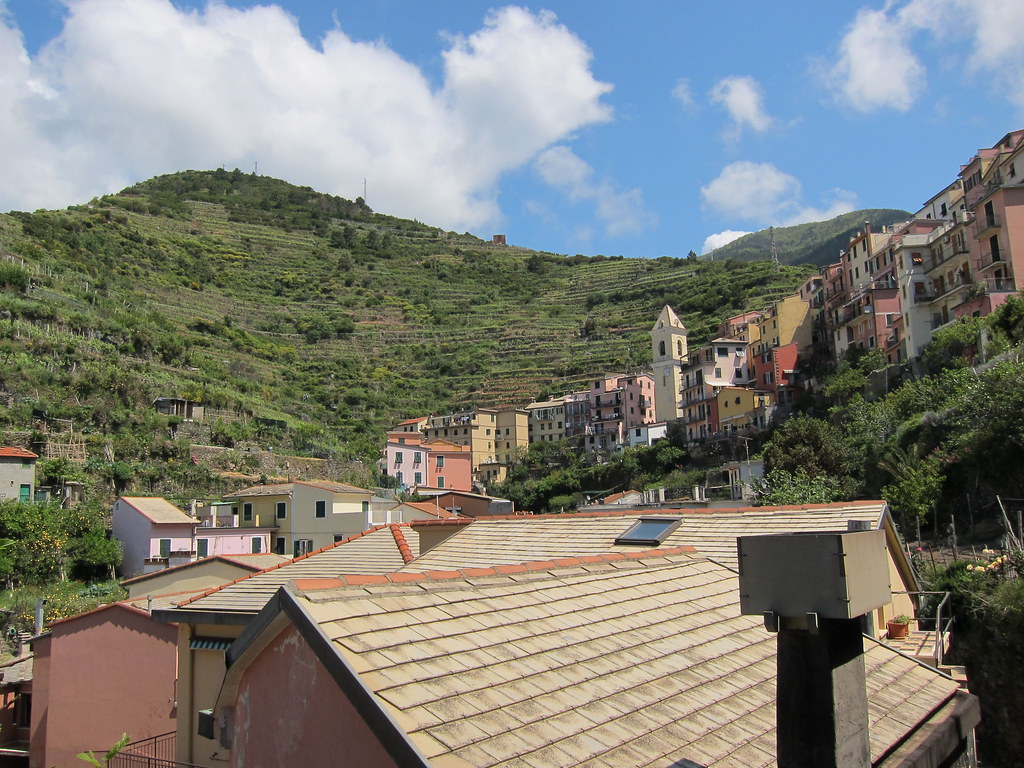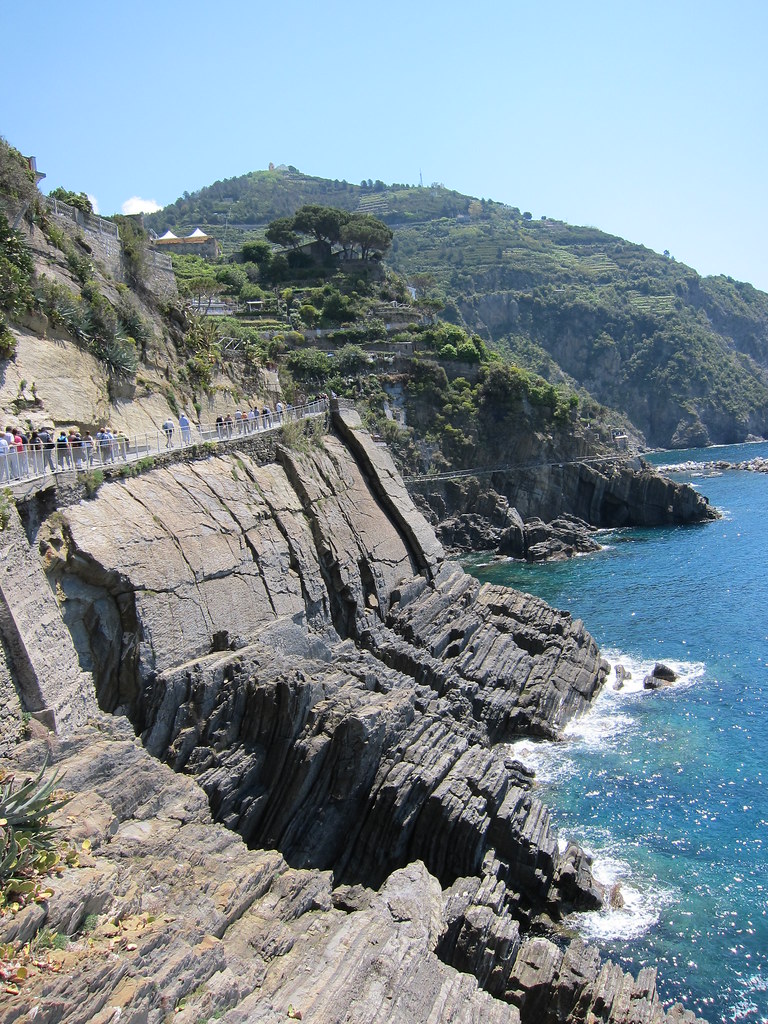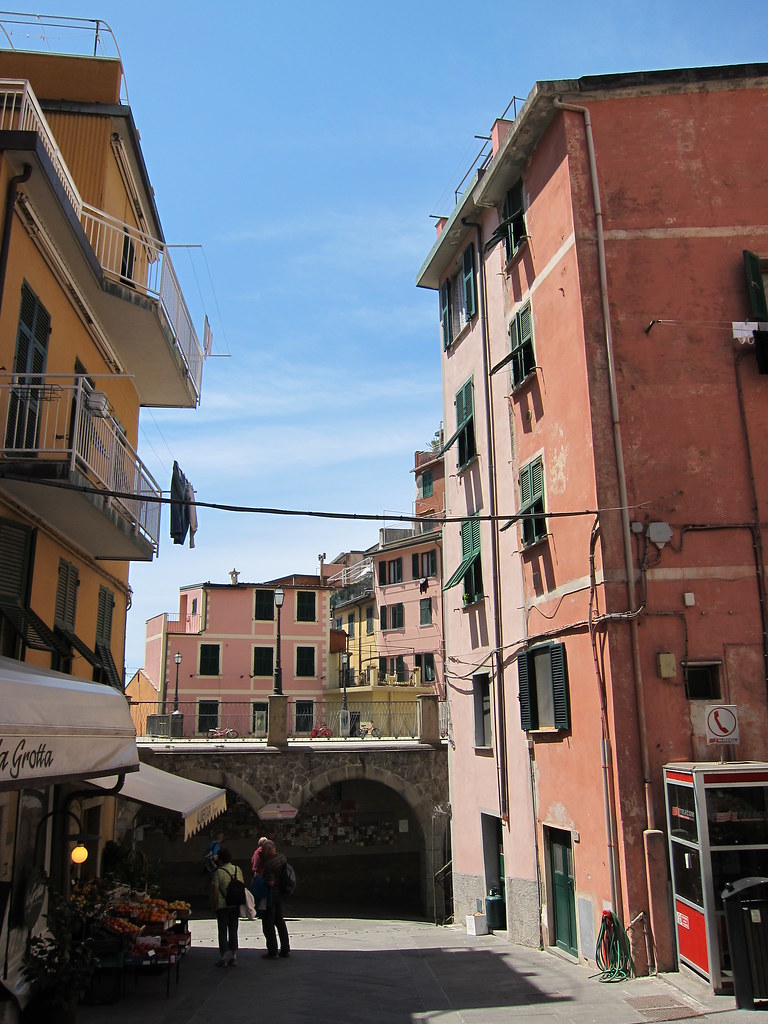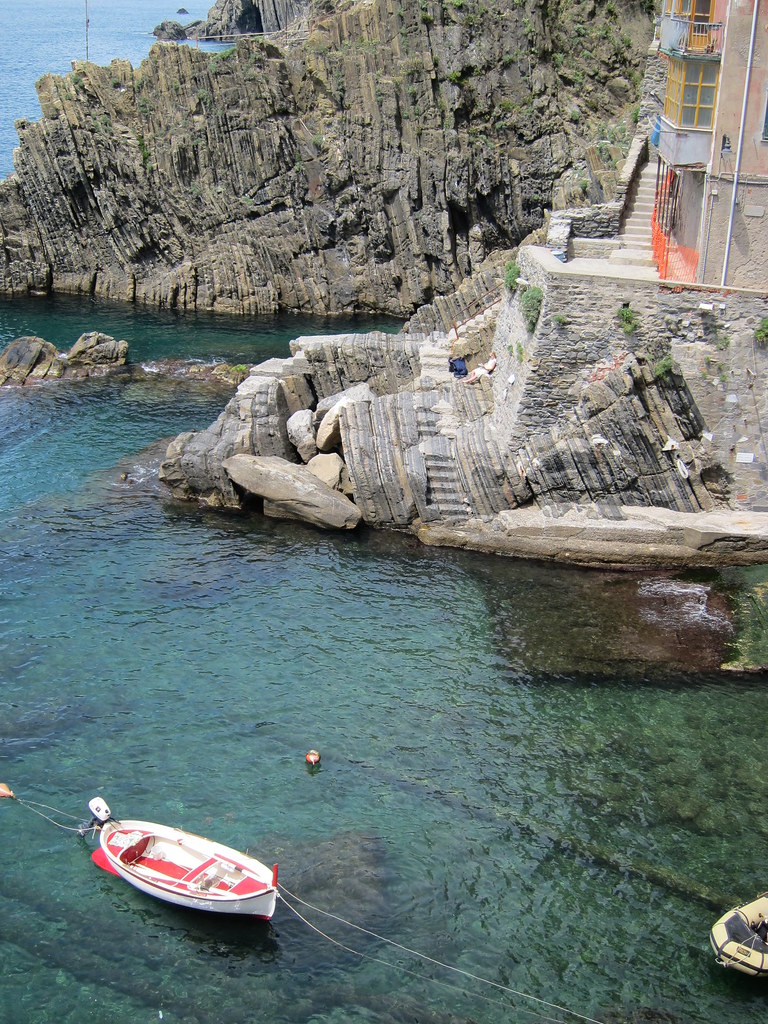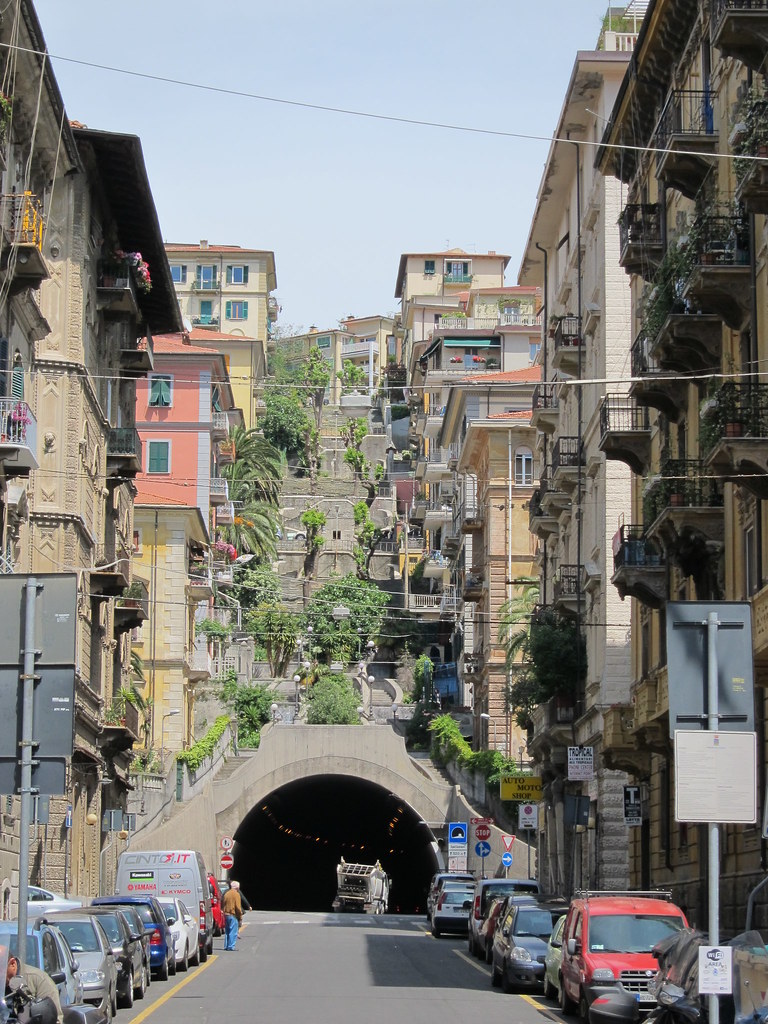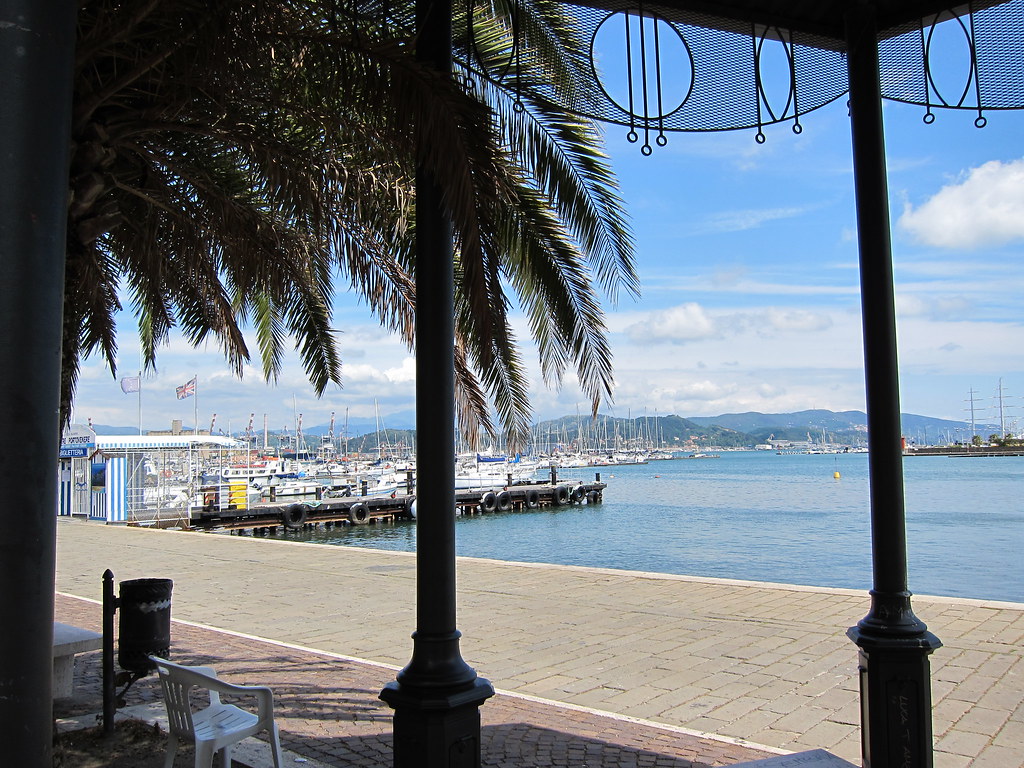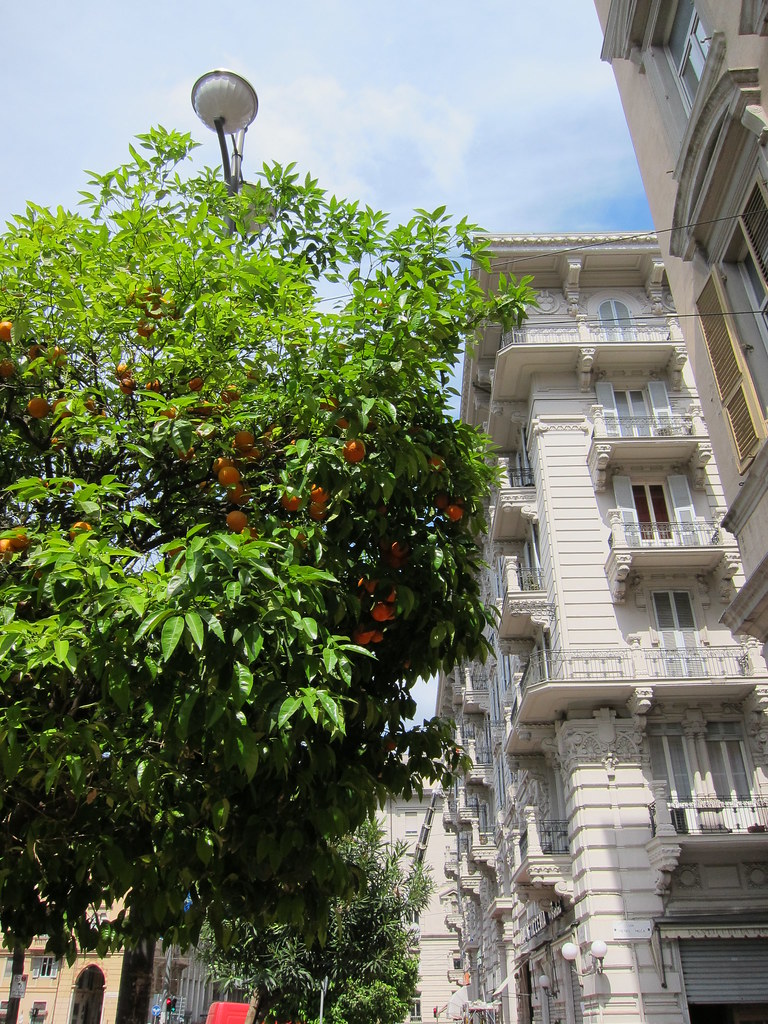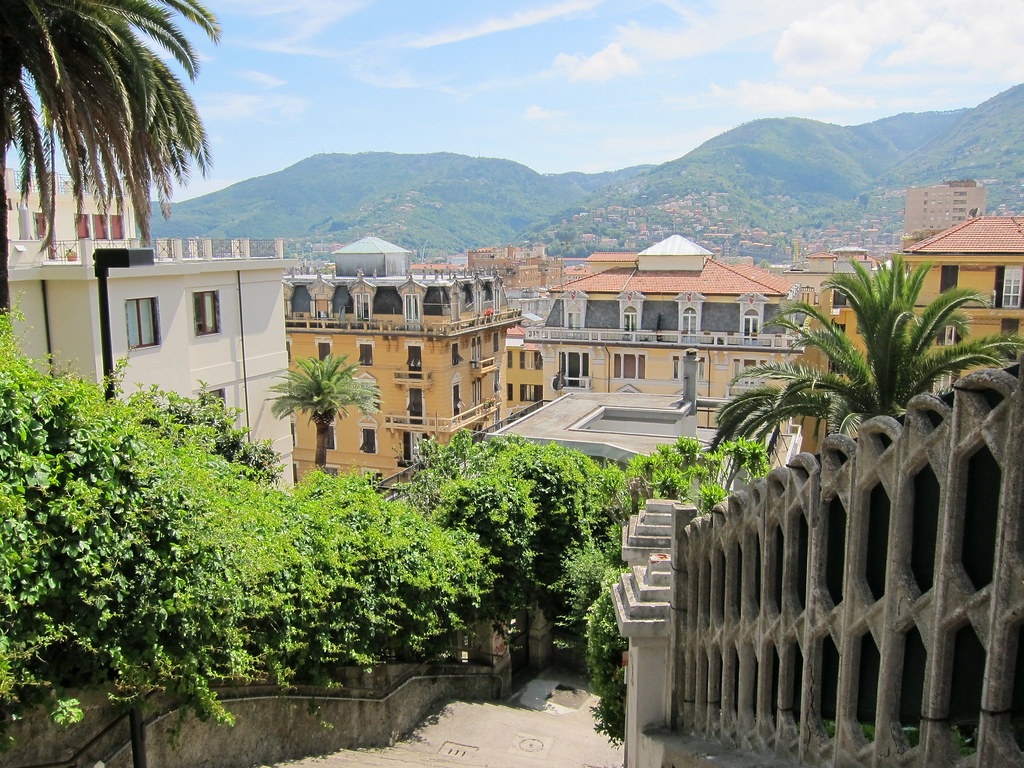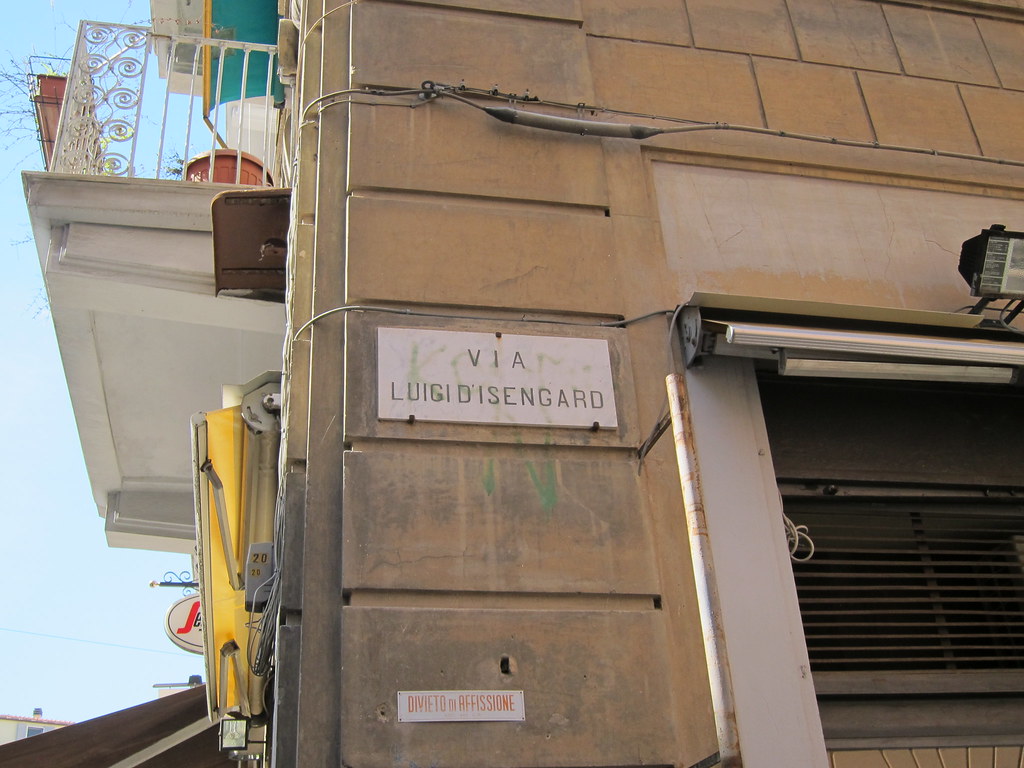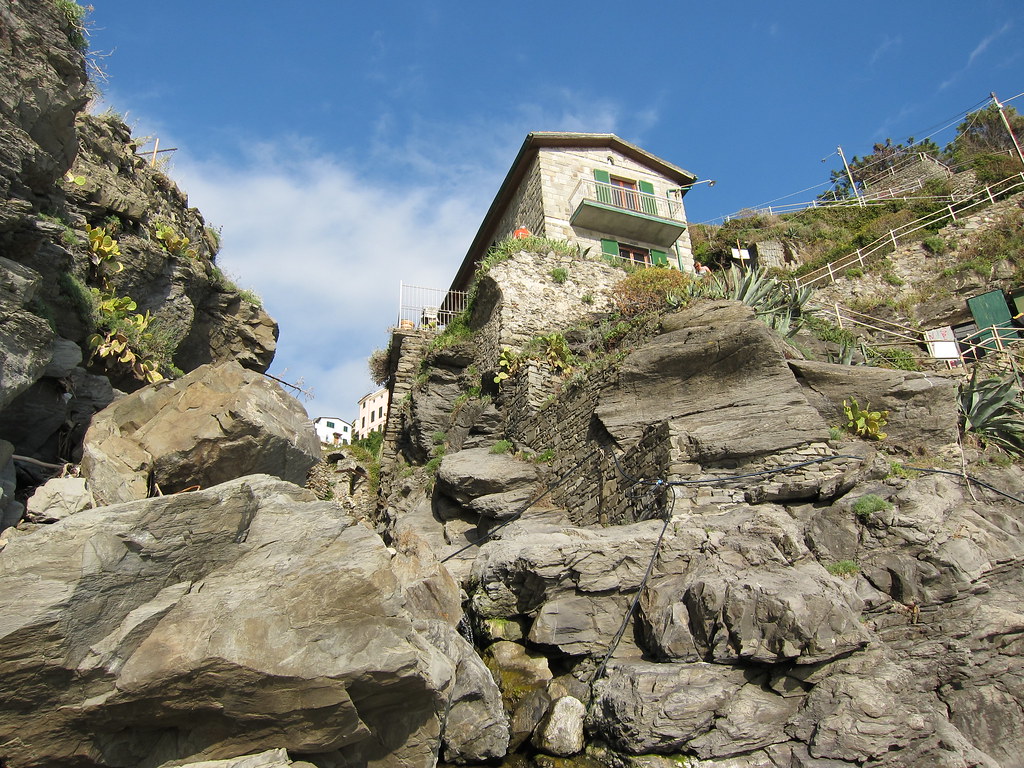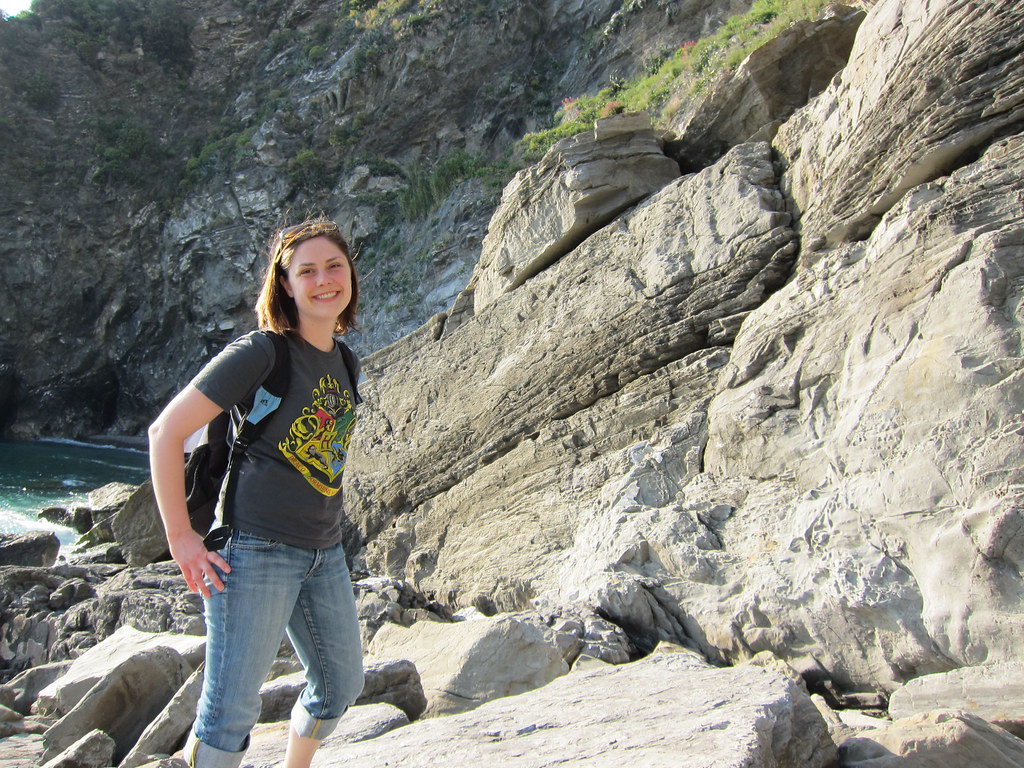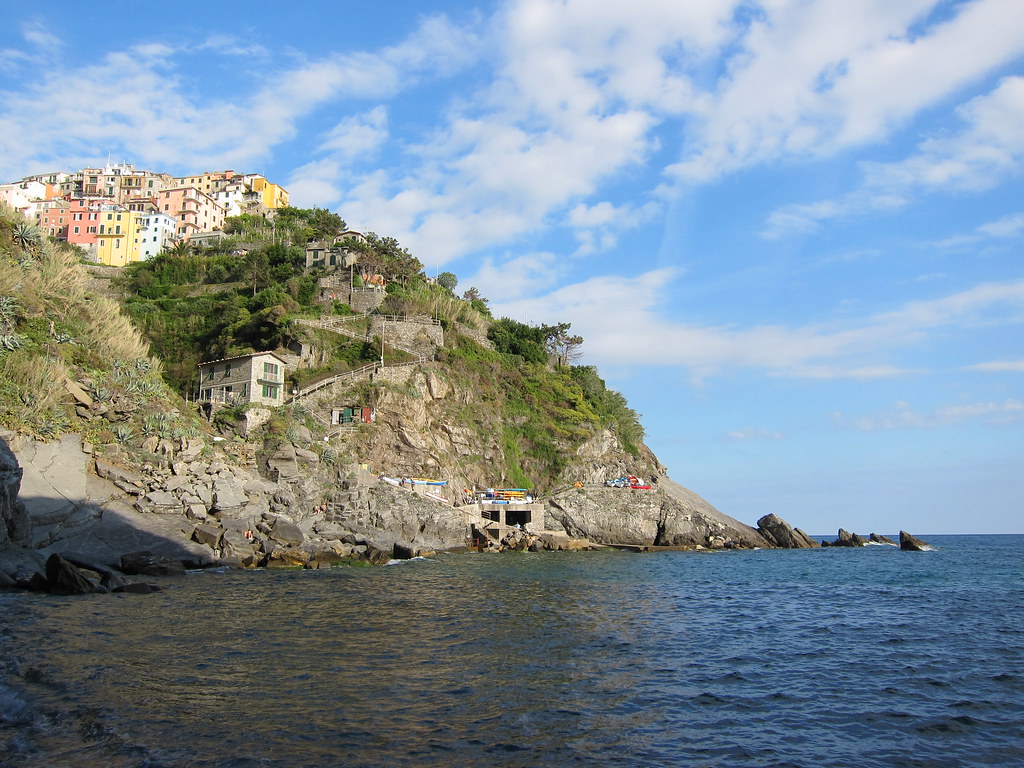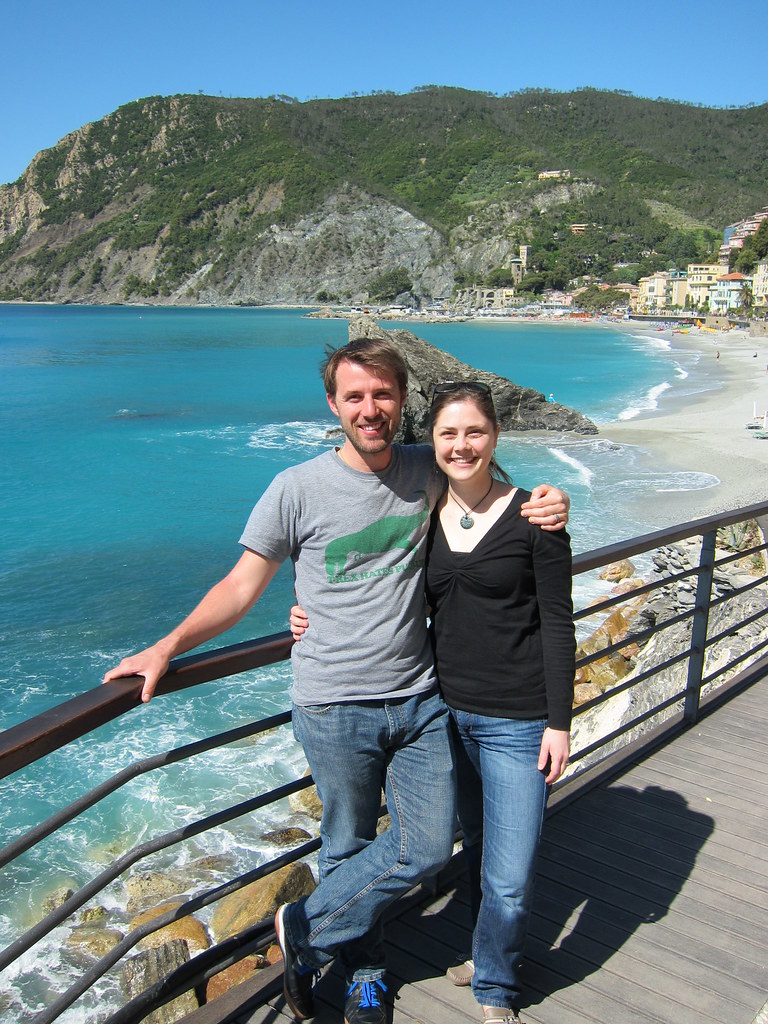We spend perhaps an inordinate amount of our lives thinking about, preparing, and consuming food. (Evidence here, here, here, and here.) Once, we planned a four-day trip to NYC to visit Laura where we basically ate our way across Manhattan. I felt a little like Pac-Man--eat ALL of the delicious little things in order to get to the next level (borough?).*
Imagine, then, our delight when a friend of the Marosticas who has spent quite a bit of time in Perugia sent us an email indicating that we'd "be about an hour’s drive of a little place called Titignano which serves unbelievable meals prepared in a medieval kitchen using local foods." So, after some logistical difficulties including a missed reservation due to some linguistic troubles and arranging a driver to take us to the place, we made it to Titignano for a Friday night stay. We arrived in the early evening and were stunned by the views of what seems to be the entire Umbrian landscape:
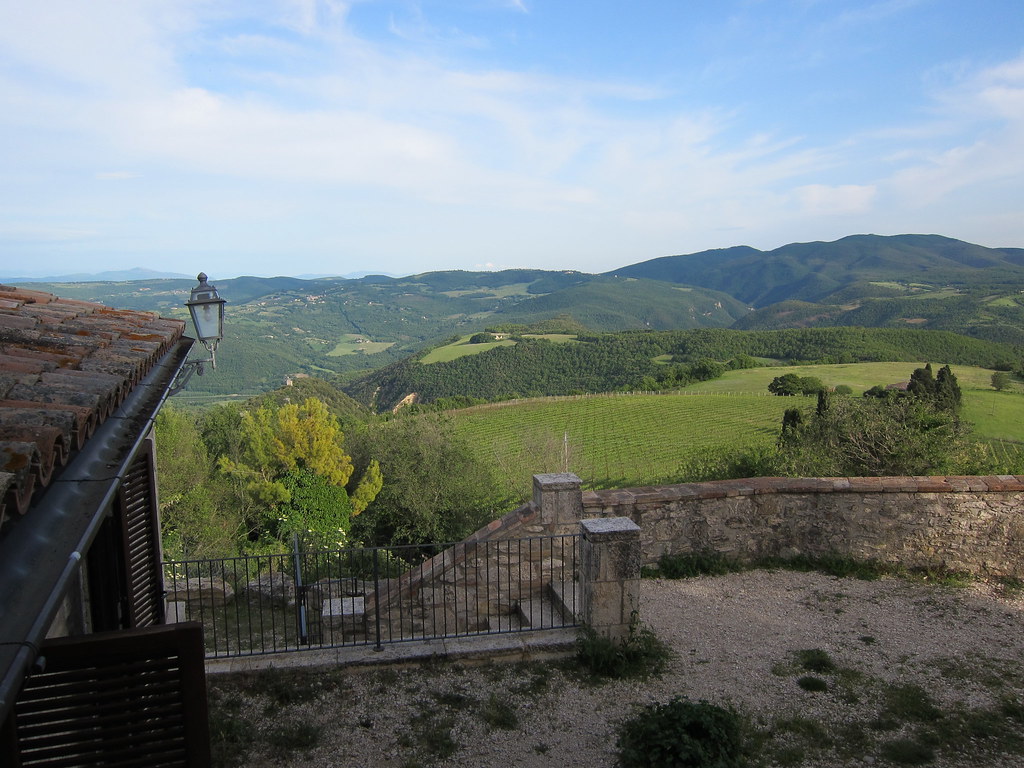
The smile is totally genuine.
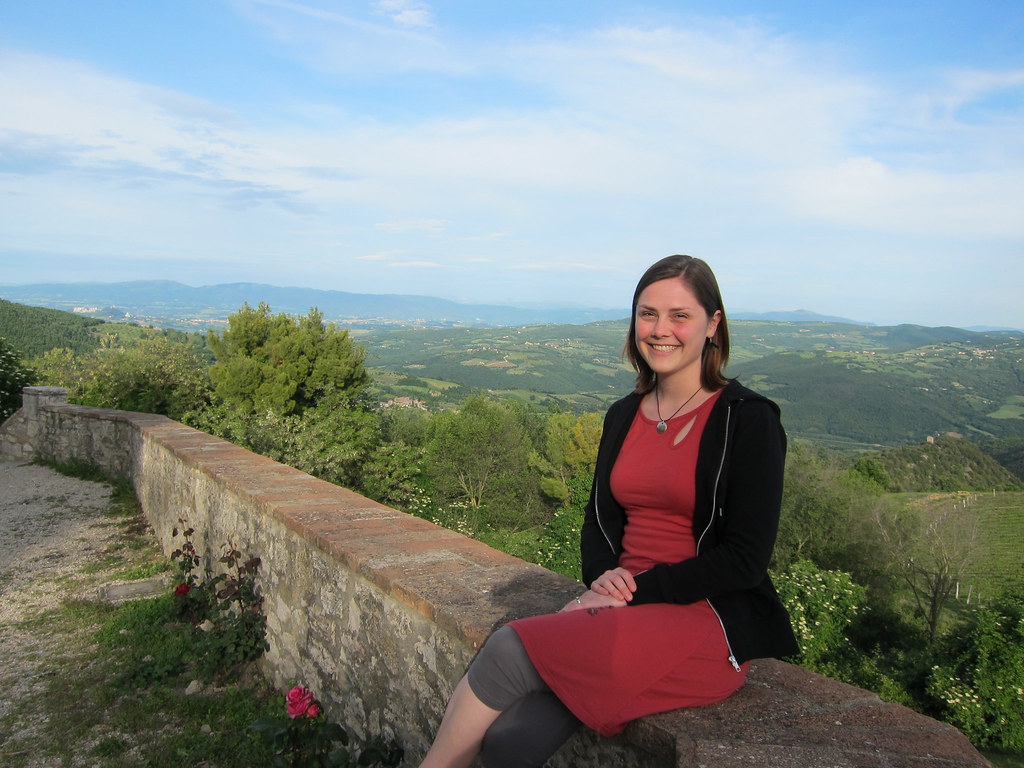
This is the main building of the Titignano castle-complex. It's tricky to describe because it's not really a castle, but more like a collection of castle-like buildings that seem to function more-or-less like a castle. The upper floor of this building is the dining room, while the lower floor is a store where they sell all sorts of things that they make themselves. The following pictures are of the dining room itself, with beautiful ceramic tiles adorning the ceiling and a large fireplace.
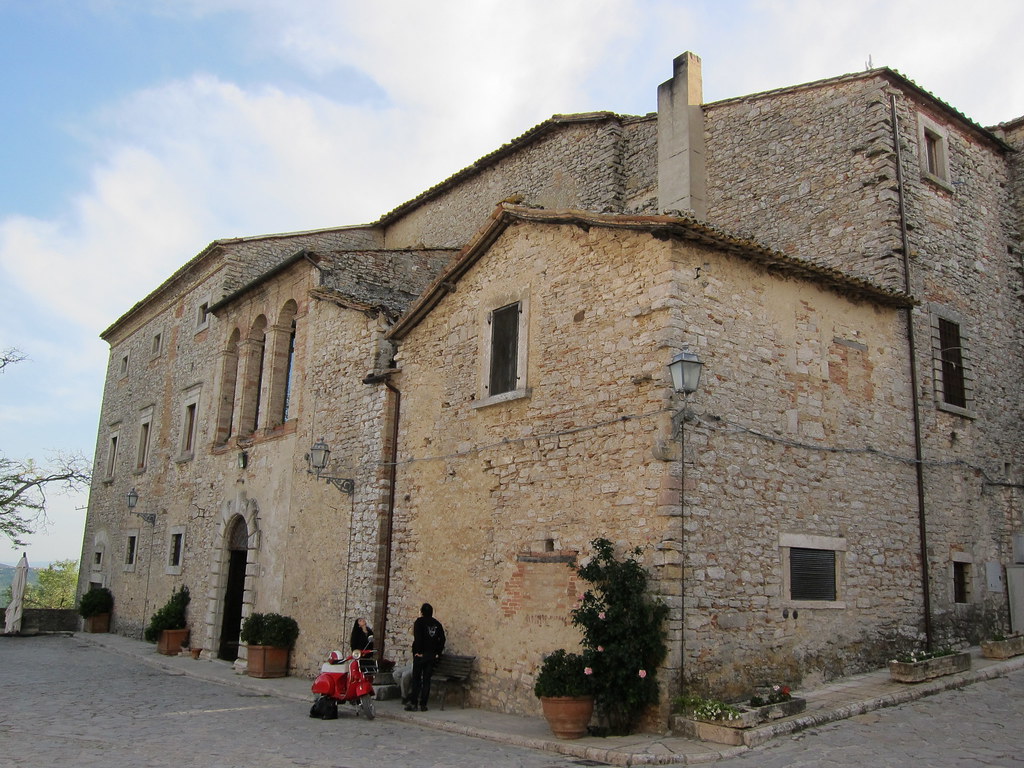
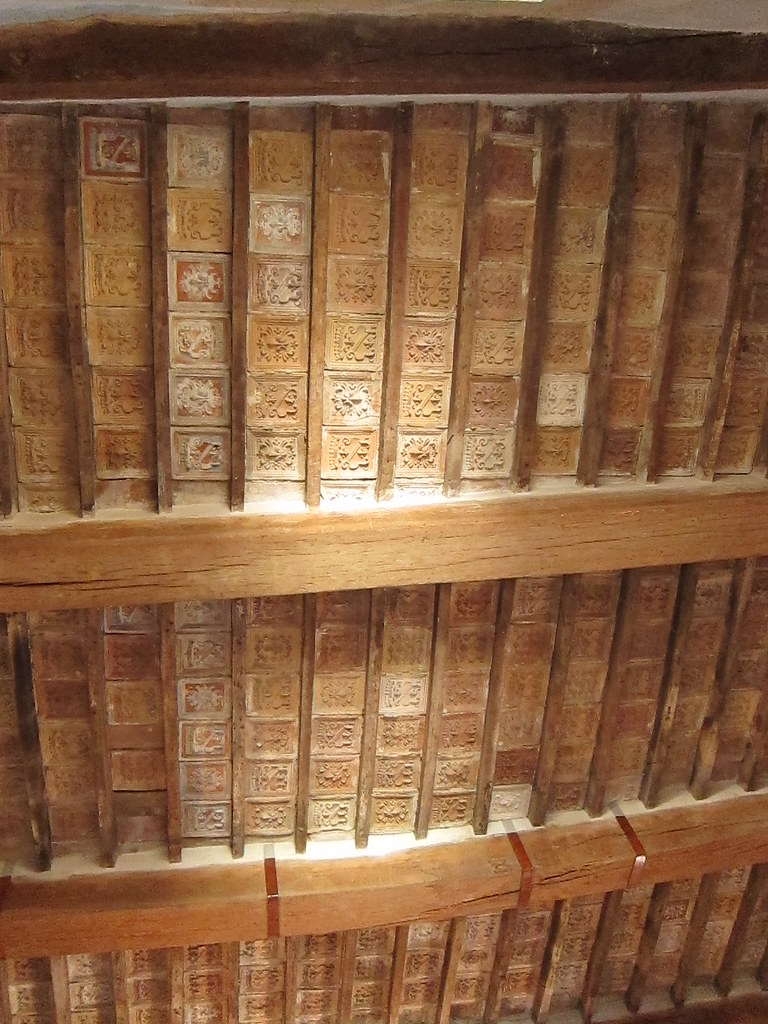
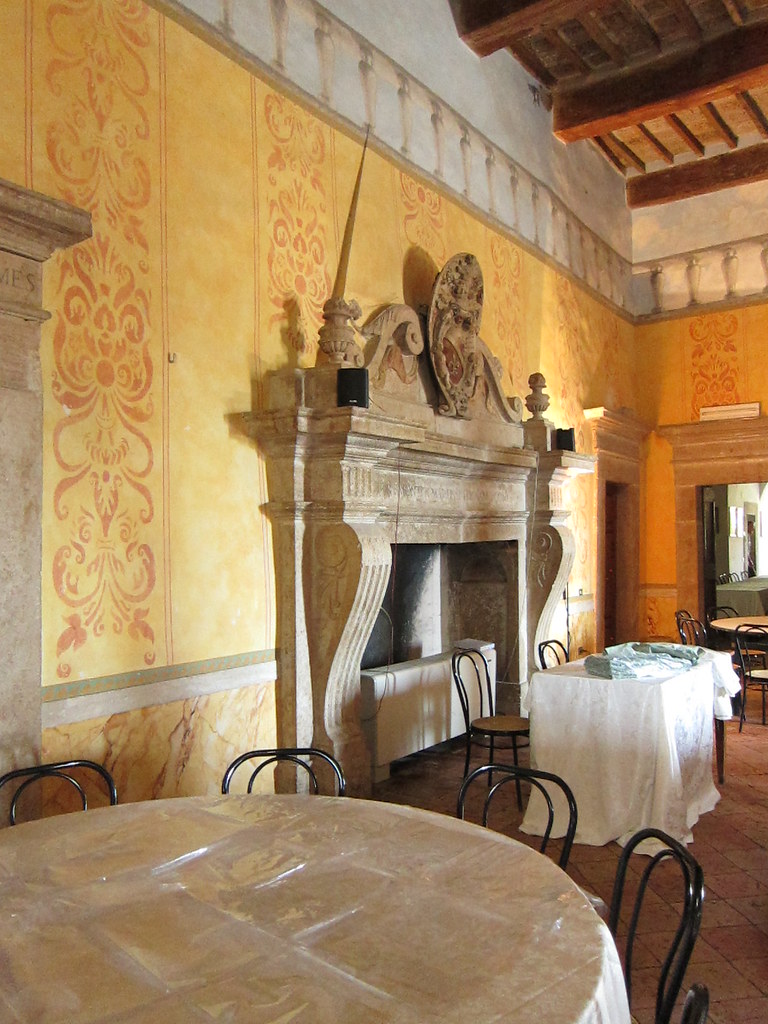
The rest of the "castle" was beautiful to look at, with a small church,

vineyards (and Lake Corbara in the background),
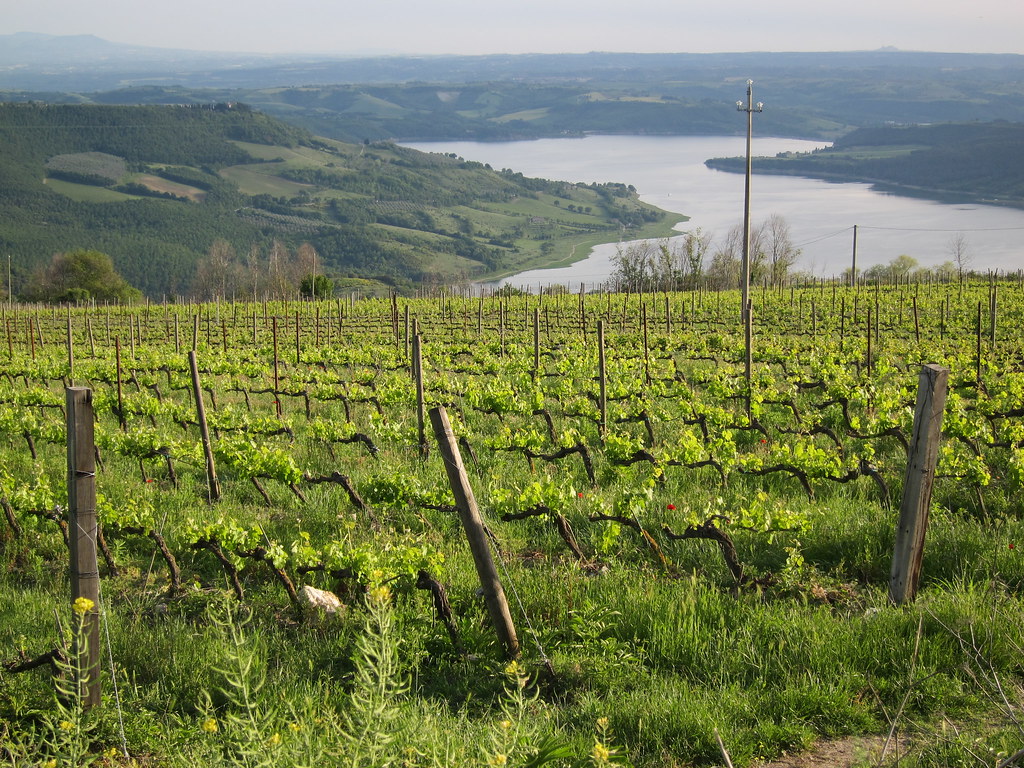
and a swimming pool.
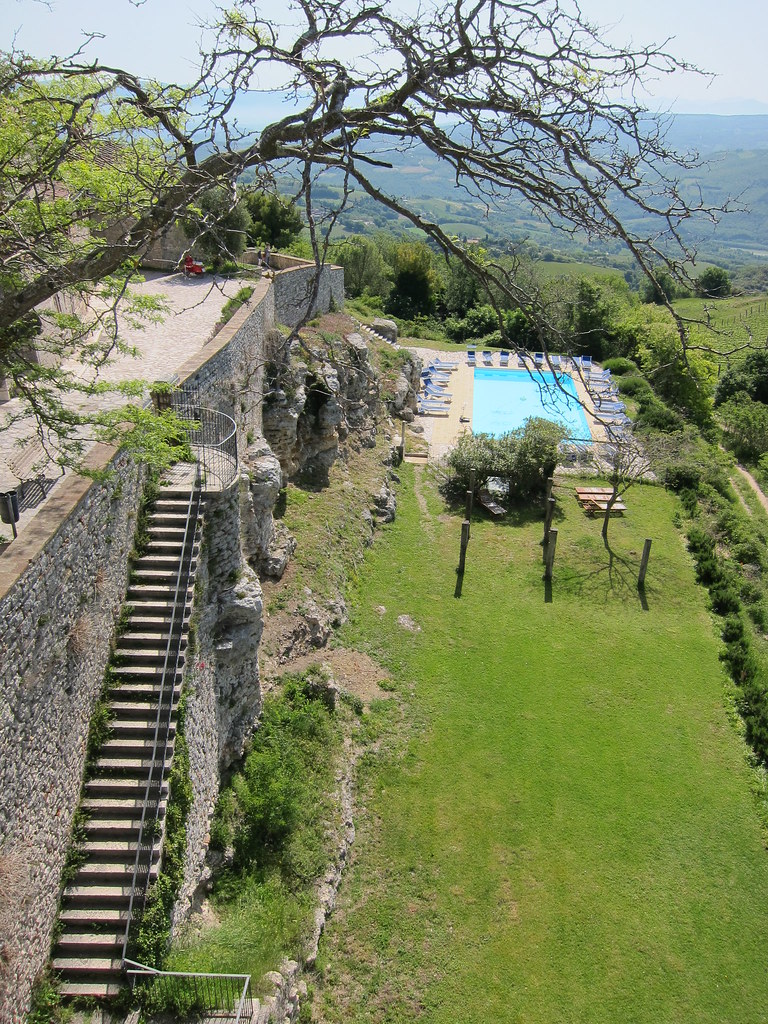
The food probably merits a blog post of its own, but I'll try to condense it here. It was a twelve-course dinner served in a style that I imagine Italian grandmothers do when they serve their grandchildren: huge platters of food coming at breakneck speed for two-and-a-half hours, telling the diners to mangia! mangia! And mangia we did. Here was our recreation of the menu:
Bruschetta with fresh tomatoes*
Melon and prosciutto
Cheese and salami
Bruschetta with pate
Cheese and apple risotto*
Tagliatelle all'arrabbiata con bacon (spicy tagliatelle with bacon, which word we don't know in Italian)*
Rosemary turkey with mushrooms and wide green beans*
Pork with onion relish* (We've titled this dish "mi dispiace" because the server gave me a serving from quite some height above the plate, causing the onion relish to spoil my shirt. She kept saying "mi dispiace" for about 20 minutes.)
Grilled eggplant
"Spoon-rule" mousse
Strawberries
Cantucci (an entire basketful. We ate ours and started eying the neighbors'.)
*Indicates the best things we've ever tasted.
As you see from the menu, it was amazing. Four of the dishes stood out in particular, but the whole experience, complete with loud-and-rowdy Italians at the other tables toasting, kissing, and wandering, was phenomenal. So you won't believe me when I tell you that the dinner costs only 15 EUR per person. But it does. Unbelievable, and absolutely memorable.
We stayed the night in Titignano on Friday and wandered around there and in Todi on Saturday, which is detailed elsewhere. On Sunday we took a bus about an hour away to Assisi, the home of everyone's favorite Saint Francis (1182-1226, thanks Danny Boyle). Assisi was beautiful.
This is Rocca Maggiore, a fortress atop the Assisi hills that dates back to the mid-14th century. It was
pretty open for us to wander through and very pink.

At some point in its history, Rocca Maggiore was expanded with a 100+ meter long tunnel and polygonal tower in the northwest corner to strengthen its defenses. The coolest part was walking through the dark, cold, and low-clearance tunnel.
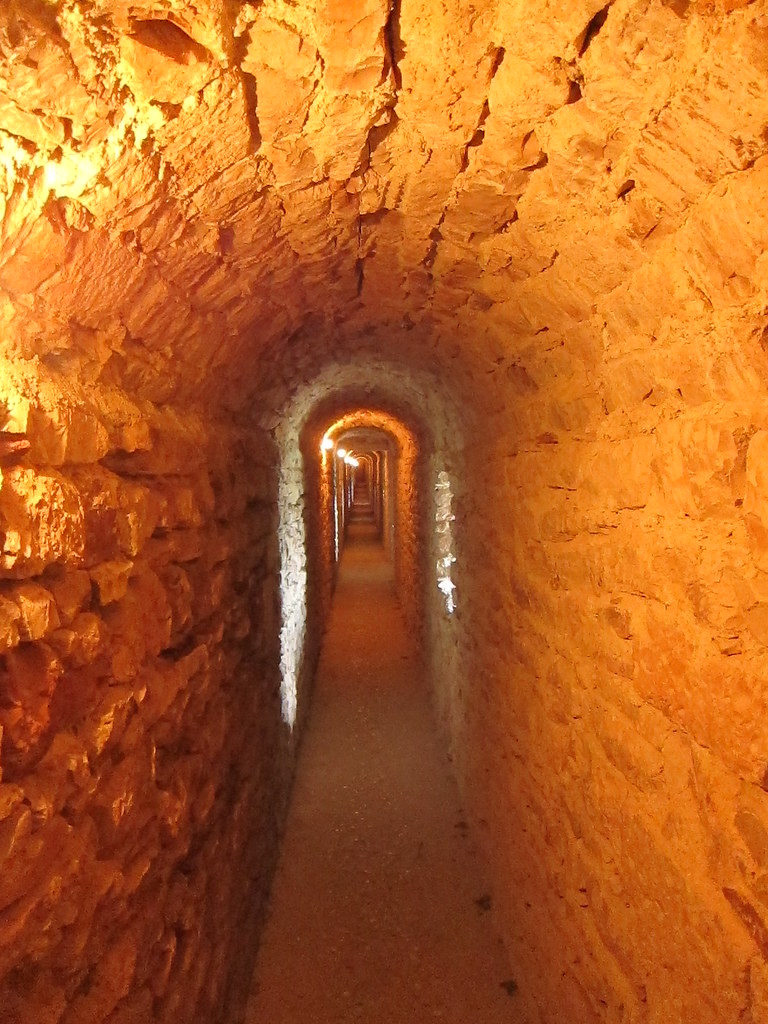
Here is a view of the same tunnel from atop the pyramidal tower at the end of the NW corner. The smoke in the background isn't from the fortress, though we never could pin down what exactly was burning.
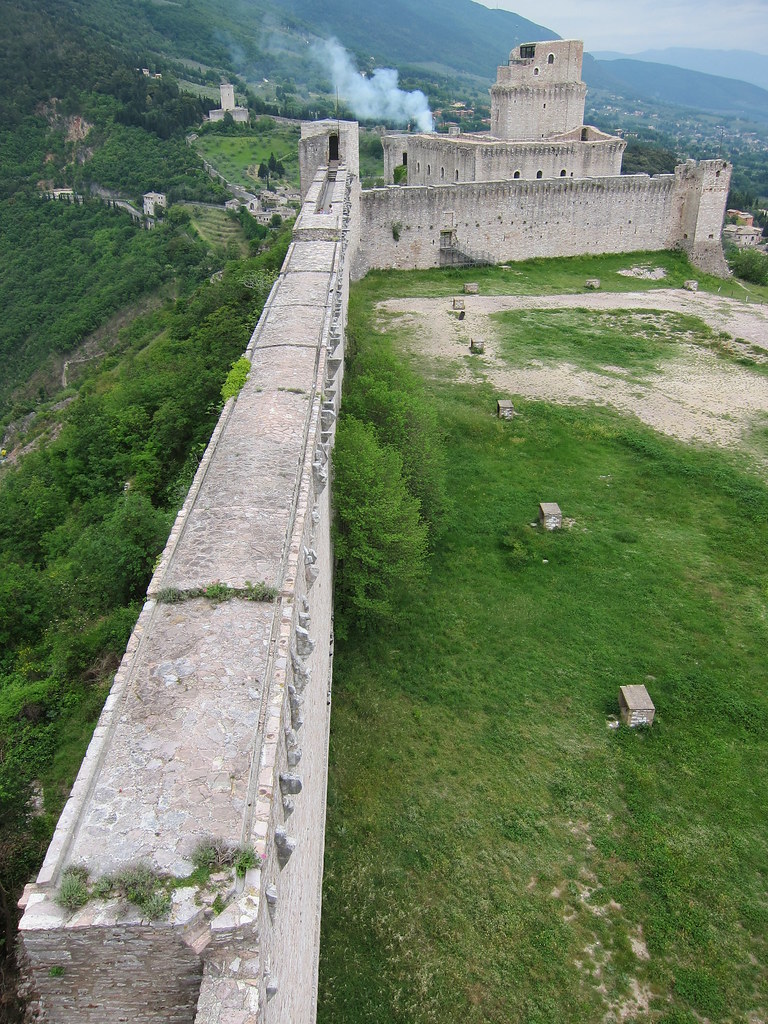
This is what Assisi looks like from the hills slightly above it. It is a remarkable city, something like the Marin County of Umbria. It's immaculately groomed and it gets a lot of money from the Catholic church for upkeep. The money seems well used, since the place was pristine. Lots of small streets, all the buildings in a semi-uniform stone facade, and clean.

Even those buildings under renovation were beautifully scaffolded in this steampunk red-and-copper scaffolding.
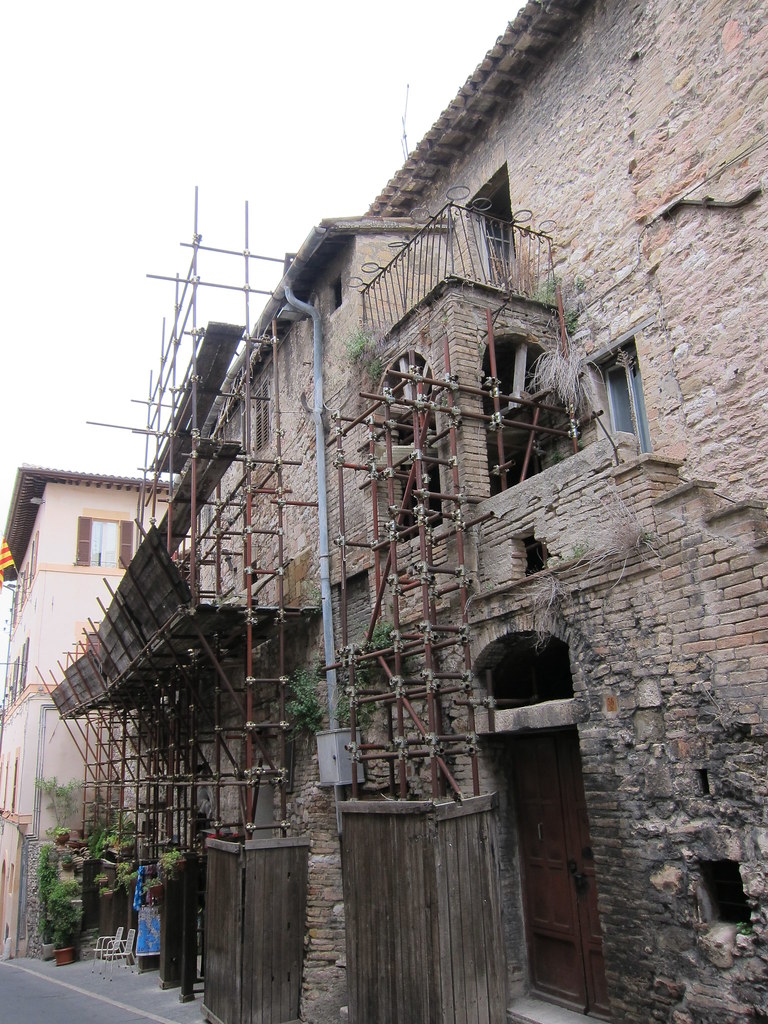
The rest of the city was dotted with gorgeous churches,
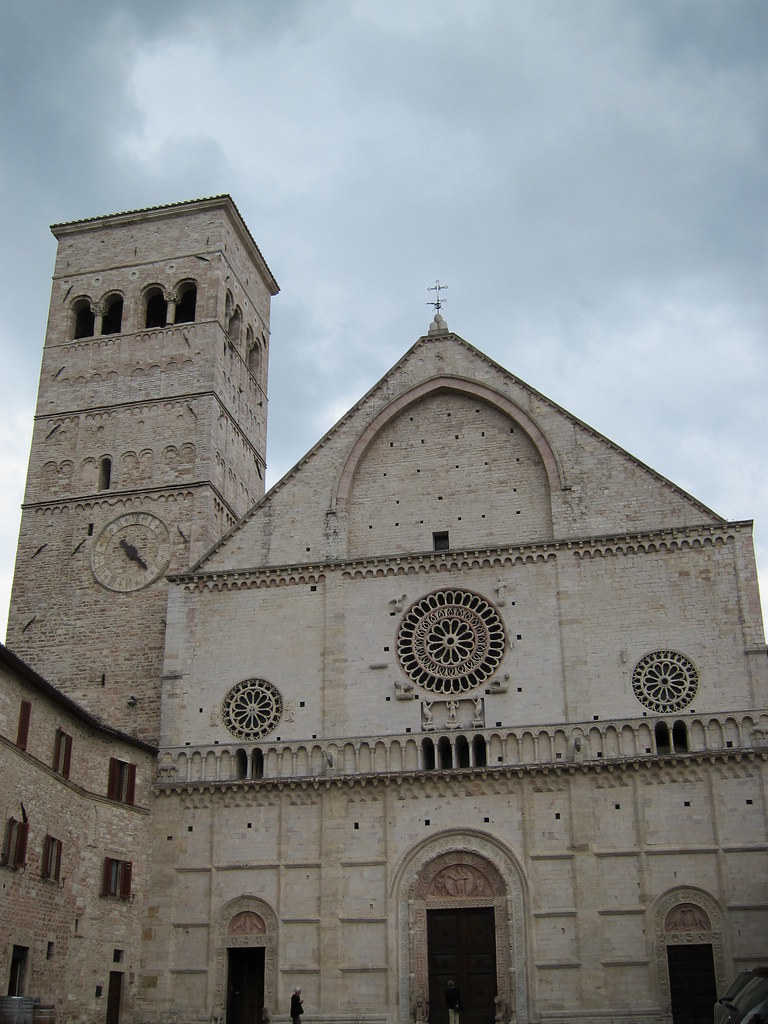
intricately carved doorways,
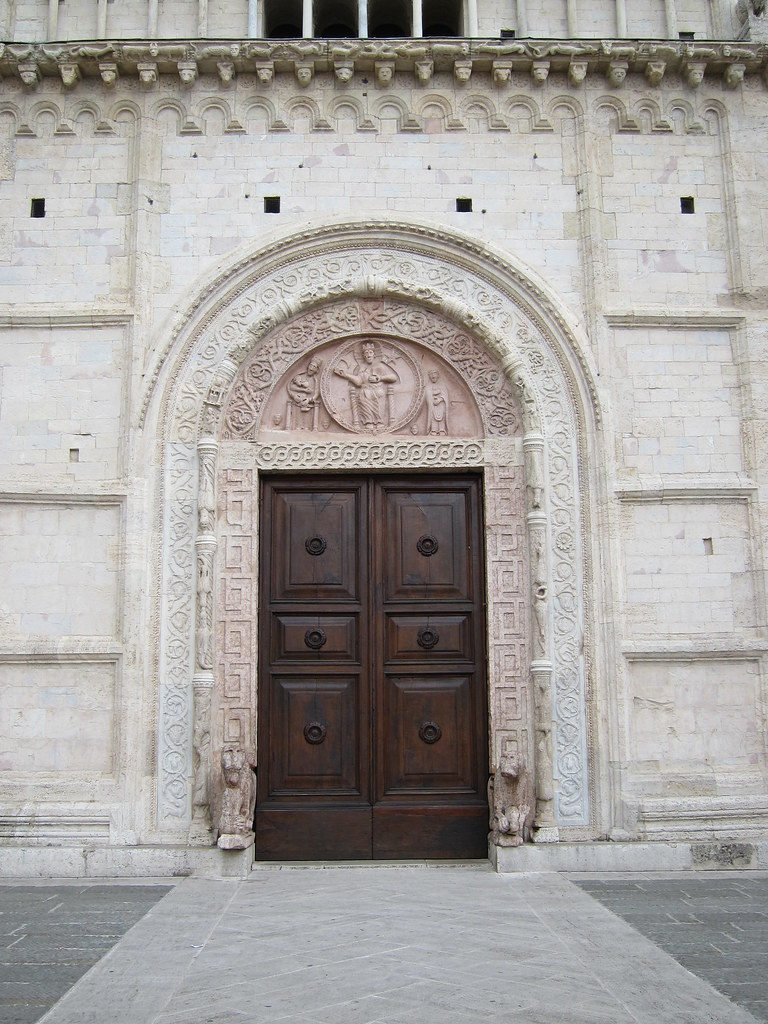
and fountains.
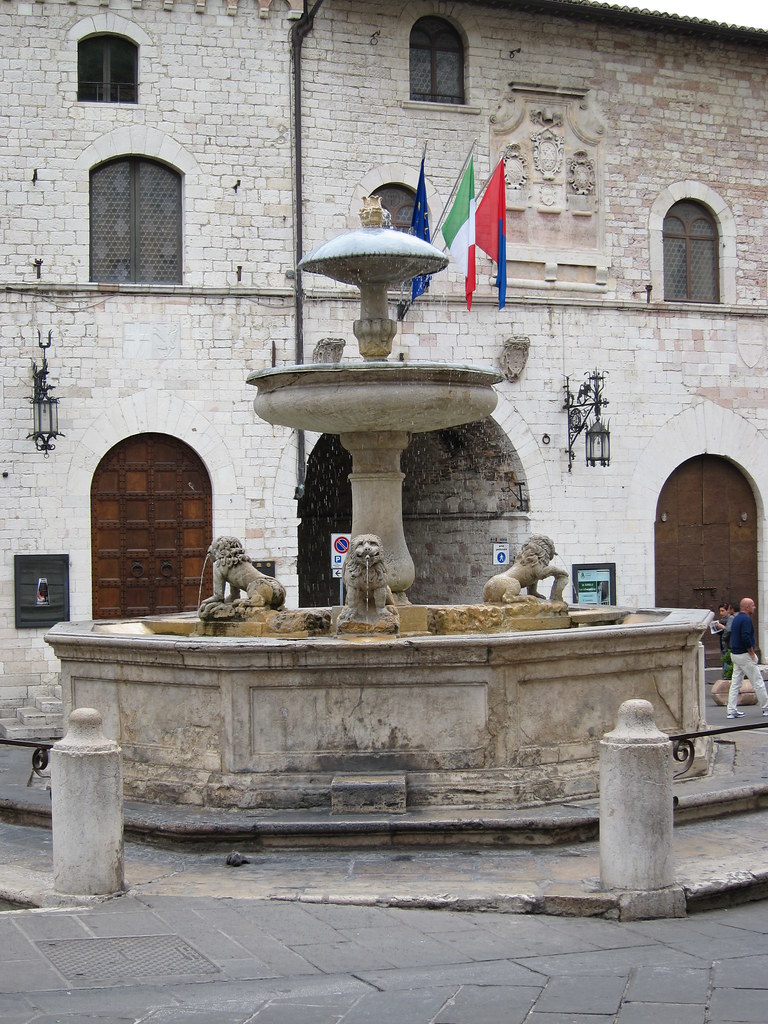
As any visitor to Assisi would, we were looking for St. Francis' Basilica. (It's huge and easy to find, but we started at the other end of town.) When we saw this we thought perhaps it was it, but it turns out to be the Roman Temple of Minerva, now a Catholic church. Not quite Francis.
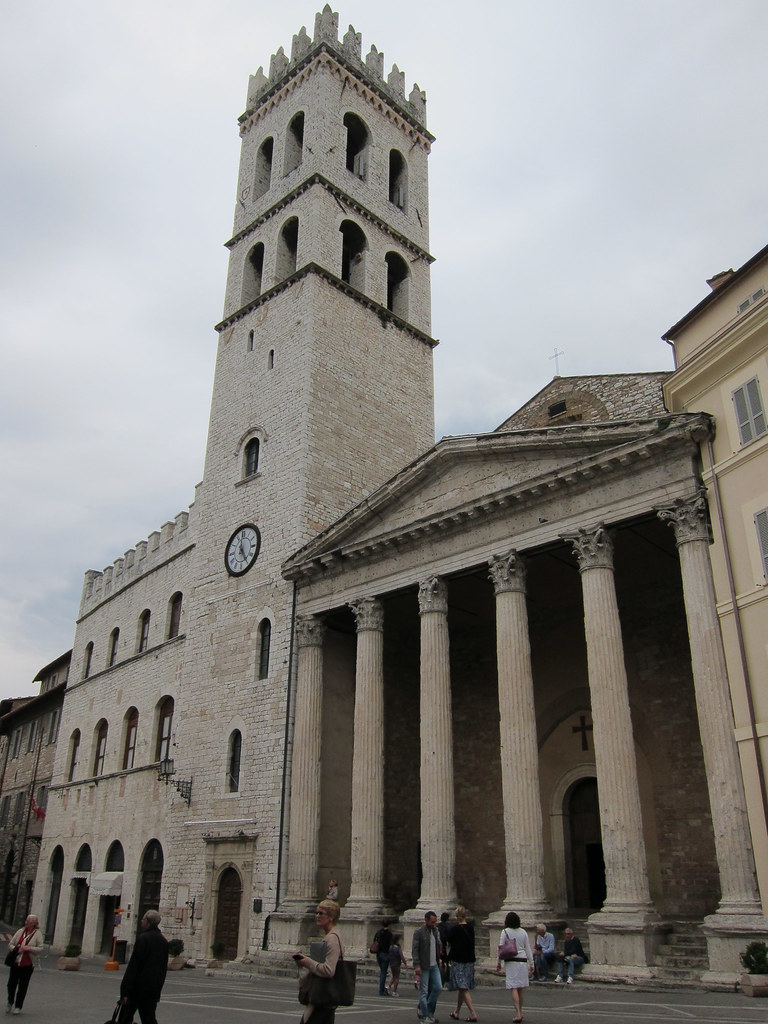
On the street called Fontana Bella (beautiful fountain) we saw not only a beautiful fountain,
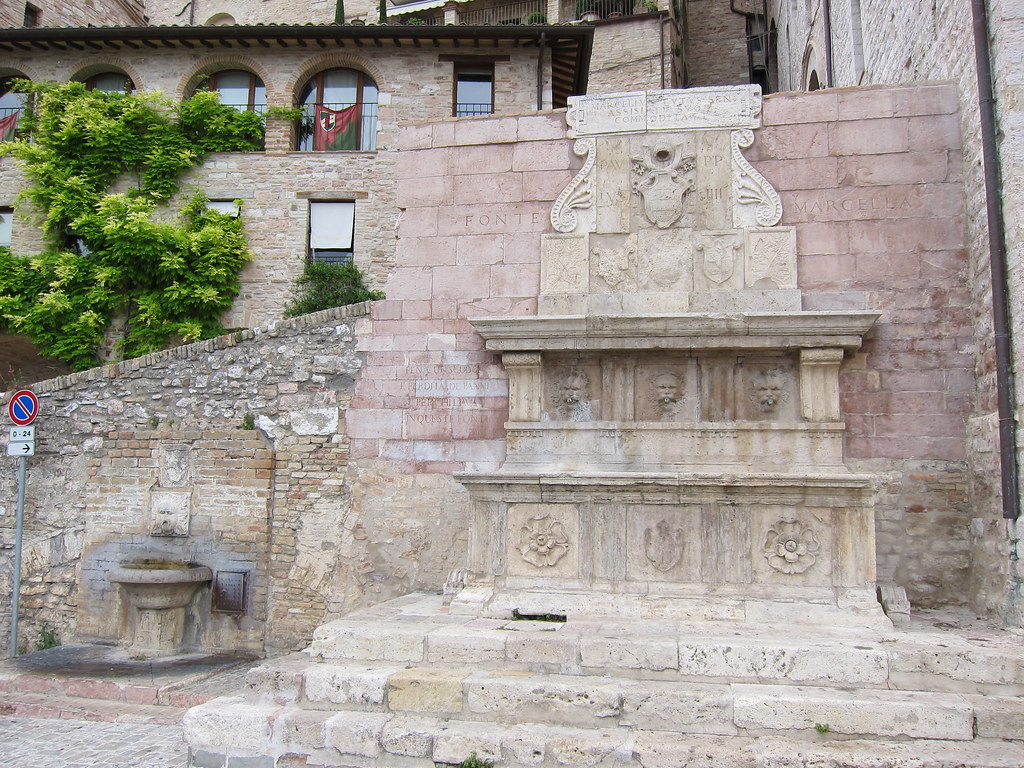
but doorways flanked by dragon ironwork. I know how I will decorate any future castles that I build: dragons.

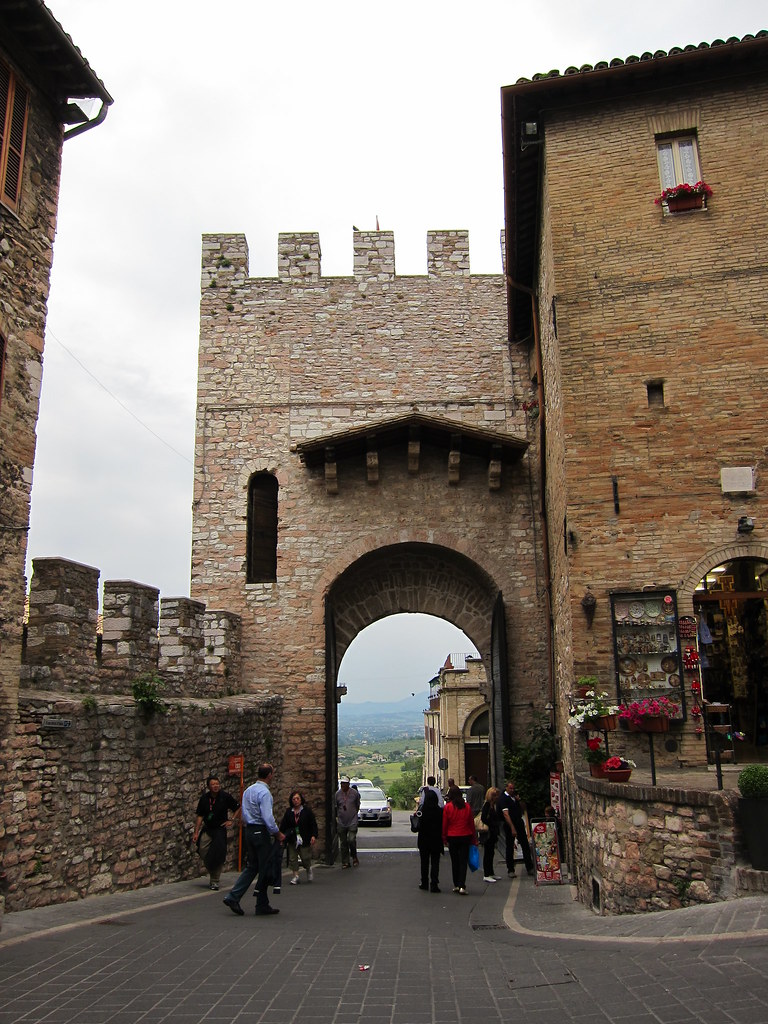
After just a little bit more walking we found the Basilica of St. Francis. It is really large and gorgeous. Begun in 1228, it has two chapels, a lower and an upper one, that are both painted with frescoes from several medieval masters. The basilica is an important place to see the progression of Italian art in this period, and it has been a UNESCO World Heritage site since 2000. We couldn't take pictures inside, but the exterior is comparably beautiful.


Behind the chapels is a cloister with this red/white stonework.
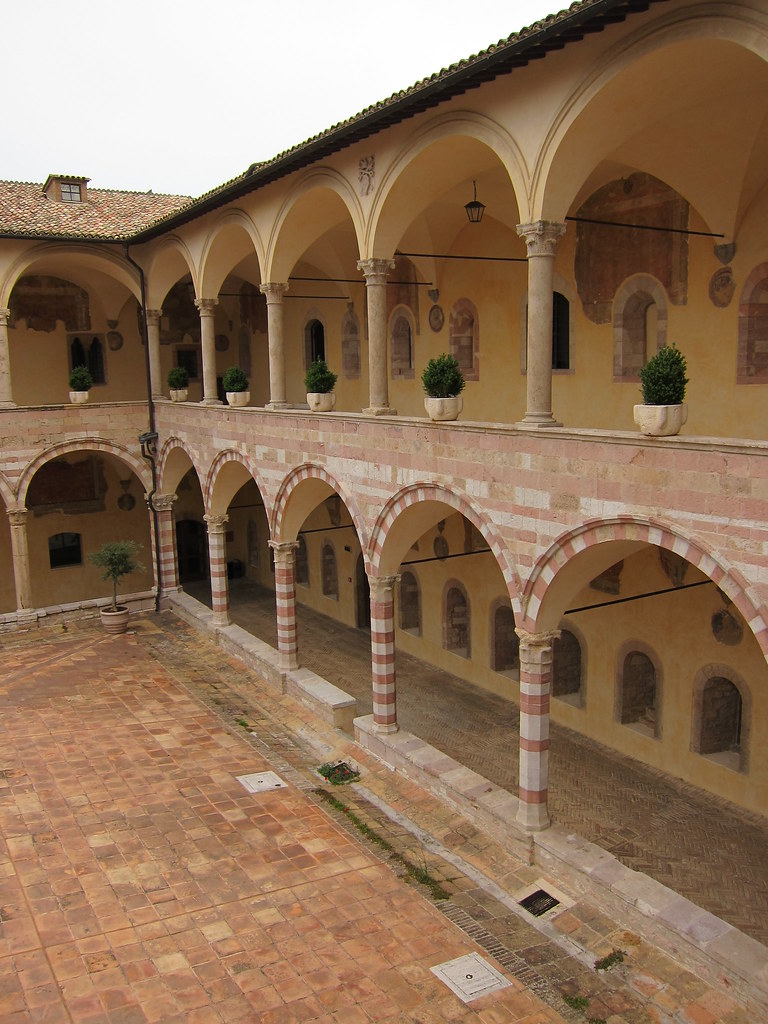
I'm not totally certain, but this seems to me a fresco with St. Francis and Jesus both carrying their respective crosses. It's pretty, if a little presumptuous.

My favorite part of St. Francis' Basilica was the bell tower. I've played the carillon at UC Berkeley and listened to many church bells (several from our living room in Aachen). These bells started ringing twice while we were in Assisi, once while we were atop Rocca Maggiore and once while we were right outside the basilica. They seem to freely swing (that is, both the bells and the clappers move, in contrast to the Cal carillon where only the clapper moves), and they swung for a long time. I found the sound so charming I decided to take a movie, mostly for the sound. You may be able to see one of the bells swinging, but the real treat, if you can imagine being there in person, is the chiming of the bells. Wonderful.
As I mentioned earlier, Assisi feels like a well groomed town, which typically isn't my thing. However, it was remarkably peaceful. I attribute it to the Franciscan influence. And the whole time we were there I had the Franciscan hymn "All Creatures of our God and King" in my head. (It's used in the Mormon hymn tradition as well as in those of many other religions.) Frankly, it's one of my favorite hymns and I really enjoyed my brief visit (pilgrimage?) to the home of that influential Saint.
*That trip to NYC was WILDLY successful, by the way. We walked enough to burn off everything that we ate, which was something like 40 miles. Ask us about our "Day of Gluttony" some time.
Imagine, then, our delight when a friend of the Marosticas who has spent quite a bit of time in Perugia sent us an email indicating that we'd "be about an hour’s drive of a little place called Titignano which serves unbelievable meals prepared in a medieval kitchen using local foods." So, after some logistical difficulties including a missed reservation due to some linguistic troubles and arranging a driver to take us to the place, we made it to Titignano for a Friday night stay. We arrived in the early evening and were stunned by the views of what seems to be the entire Umbrian landscape:

The smile is totally genuine.

This is the main building of the Titignano castle-complex. It's tricky to describe because it's not really a castle, but more like a collection of castle-like buildings that seem to function more-or-less like a castle. The upper floor of this building is the dining room, while the lower floor is a store where they sell all sorts of things that they make themselves. The following pictures are of the dining room itself, with beautiful ceramic tiles adorning the ceiling and a large fireplace.



The rest of the "castle" was beautiful to look at, with a small church,

vineyards (and Lake Corbara in the background),

and a swimming pool.

The food probably merits a blog post of its own, but I'll try to condense it here. It was a twelve-course dinner served in a style that I imagine Italian grandmothers do when they serve their grandchildren: huge platters of food coming at breakneck speed for two-and-a-half hours, telling the diners to mangia! mangia! And mangia we did. Here was our recreation of the menu:
Bruschetta with fresh tomatoes*
Melon and prosciutto
Cheese and salami
Bruschetta with pate
Cheese and apple risotto*
Tagliatelle all'arrabbiata con bacon (spicy tagliatelle with bacon, which word we don't know in Italian)*
Rosemary turkey with mushrooms and wide green beans*
Pork with onion relish* (We've titled this dish "mi dispiace" because the server gave me a serving from quite some height above the plate, causing the onion relish to spoil my shirt. She kept saying "mi dispiace" for about 20 minutes.)
Grilled eggplant
"Spoon-rule" mousse
Strawberries
Cantucci (an entire basketful. We ate ours and started eying the neighbors'.)
*Indicates the best things we've ever tasted.
As you see from the menu, it was amazing. Four of the dishes stood out in particular, but the whole experience, complete with loud-and-rowdy Italians at the other tables toasting, kissing, and wandering, was phenomenal. So you won't believe me when I tell you that the dinner costs only 15 EUR per person. But it does. Unbelievable, and absolutely memorable.
We stayed the night in Titignano on Friday and wandered around there and in Todi on Saturday, which is detailed elsewhere. On Sunday we took a bus about an hour away to Assisi, the home of everyone's favorite Saint Francis (1182-1226, thanks Danny Boyle). Assisi was beautiful.
This is Rocca Maggiore, a fortress atop the Assisi hills that dates back to the mid-14th century. It was
pretty open for us to wander through and very pink.

At some point in its history, Rocca Maggiore was expanded with a 100+ meter long tunnel and polygonal tower in the northwest corner to strengthen its defenses. The coolest part was walking through the dark, cold, and low-clearance tunnel.

Here is a view of the same tunnel from atop the pyramidal tower at the end of the NW corner. The smoke in the background isn't from the fortress, though we never could pin down what exactly was burning.

This is what Assisi looks like from the hills slightly above it. It is a remarkable city, something like the Marin County of Umbria. It's immaculately groomed and it gets a lot of money from the Catholic church for upkeep. The money seems well used, since the place was pristine. Lots of small streets, all the buildings in a semi-uniform stone facade, and clean.

Even those buildings under renovation were beautifully scaffolded in this steampunk red-and-copper scaffolding.

The rest of the city was dotted with gorgeous churches,

intricately carved doorways,

and fountains.

As any visitor to Assisi would, we were looking for St. Francis' Basilica. (It's huge and easy to find, but we started at the other end of town.) When we saw this we thought perhaps it was it, but it turns out to be the Roman Temple of Minerva, now a Catholic church. Not quite Francis.

On the street called Fontana Bella (beautiful fountain) we saw not only a beautiful fountain,

but doorways flanked by dragon ironwork. I know how I will decorate any future castles that I build: dragons.


After just a little bit more walking we found the Basilica of St. Francis. It is really large and gorgeous. Begun in 1228, it has two chapels, a lower and an upper one, that are both painted with frescoes from several medieval masters. The basilica is an important place to see the progression of Italian art in this period, and it has been a UNESCO World Heritage site since 2000. We couldn't take pictures inside, but the exterior is comparably beautiful.


Behind the chapels is a cloister with this red/white stonework.

I'm not totally certain, but this seems to me a fresco with St. Francis and Jesus both carrying their respective crosses. It's pretty, if a little presumptuous.

My favorite part of St. Francis' Basilica was the bell tower. I've played the carillon at UC Berkeley and listened to many church bells (several from our living room in Aachen). These bells started ringing twice while we were in Assisi, once while we were atop Rocca Maggiore and once while we were right outside the basilica. They seem to freely swing (that is, both the bells and the clappers move, in contrast to the Cal carillon where only the clapper moves), and they swung for a long time. I found the sound so charming I decided to take a movie, mostly for the sound. You may be able to see one of the bells swinging, but the real treat, if you can imagine being there in person, is the chiming of the bells. Wonderful.
As I mentioned earlier, Assisi feels like a well groomed town, which typically isn't my thing. However, it was remarkably peaceful. I attribute it to the Franciscan influence. And the whole time we were there I had the Franciscan hymn "All Creatures of our God and King" in my head. (It's used in the Mormon hymn tradition as well as in those of many other religions.) Frankly, it's one of my favorite hymns and I really enjoyed my brief visit (pilgrimage?) to the home of that influential Saint.
*That trip to NYC was WILDLY successful, by the way. We walked enough to burn off everything that we ate, which was something like 40 miles. Ask us about our "Day of Gluttony" some time.



